In recent years,families have increasingly preferred simple frameless mirror designs in bathroom decoration. Frameless bathroom mirror has become a popular choice for urban residences, rental apartments, and even resort-style homes due to its visual lightness and ease of cleaning. Traditional solutions rely on drilling holes in the wall to fix the mirror, which damages the tile wall or drywall, is not conducive to the wall's waterproofing, and may also affect future lease termination or secondary decoration.
To meet this demand, "drill-free installation" is becoming the preferred method for families. This article will stick to the theme and comprehensively analyse a variety of techniques that do not require drilling, as well as the key considerations for selecting corresponding products, measuring weight and ensuring safety in the market. Let every family easily improve the style of the bathroom without damaging the wall.
1. Why choose a drill-free installation method?
Avoid wall damage
New homes often feature drywall or ceramic tiles as wall coverings. Once the drilling is not handled correctly, cracks or water seepage are prone to occur. Traceless installation can altogether avoid these problems.
Improve the reversibility of decoration.
In rental apartments/condos, the walls must be intact when the lease is moved out. The non-drilling method can avoid leaving holes and repair costs, which aligns with family rental practices.
Improve the ease of construction.
With fewer tools and more options, anyone can complete the mirror installation according to the instructions after opening the bag, without needing to hire a certified electrician or carpenter, thereby saving time and cost.
Cater to the rhythm of modern life.
Modern families strive for efficient, environmentally friendly, and stress-free lifestyles. The non-drilling installation fits the concept of "simple life" and "minimalist space", which is beautiful but not cumbersome.
2. Popular non-drilling mirror hanging methods
(1) High-strength foam tape backing method
The 3M brand high-viscosity foam tape is popular in the home market, which is designed for smooth surfaces such as mirrors, plastics, and glass. This type of tape is resistant to moisture and ageing and is suitable for use in the bathroom.
Ø How to use: First, clean the wall with isopropyl alcohol. Then, paste the adhesive backing on the edge and centre of the mirror. Press for more than 60 seconds. Leave it for 24 hours to cure after completion.
Ø Application suggestions: Install on a dry and clean surface. It is not recommended to paste it directly on rough tiles.
(2) Punch-free invisible hook installation
This solution utilises ultra-thin plastic hooks or metal hooks with strong adhesive backing, and the mirror is securely hung through the front buckle.
Ø How to use: Use a level ruler to position the hooks symmetrically; wait for the hooks to be initially glued before hanging the mirror; ensure uniform spacing of the hooks to maintain the mirror's level position.
Ø Scope of application: Suitable for medium-sized mirrors from 24×30 inches to 30×36 inches, with a maximum load-bearing capacity of 20–25 pounds (about 9–11 kilograms).
(3) Vacuum suction cup bracket solution (short-term)
The bathroom-specific vacuum suction cups, launched by 3M and similar brands, are suitable for lightweight mirrors or plastic-framed products and are extremely easy to install.
Ø How to use: Clean the wall until it is dust-free and dry, then heat the suction cup with hot water or blow dry it. Next, fit it and lock it into place with the knob.
Ø Scope of application: Suitable only for lightweight mirrors weighing 5-12 pounds (approximately 2-5 kilograms). If used as a temporary mirror in the bathroom or for decorative purposes, it can be hung temporarily.

3. Key factors that families should refer to when purchasing
² Size and weight matching
A standard frameless mirror (approximately 30×36 inches) typically weighs 18-24 pounds. When selecting an installation plan, ensure that the product's rated load-bearing capacity is equal to or greater than the weight of the mirror plus 2-3 pounds of safety reserve.
² Anti-fog performance
In bathrooms with heavy sewage and high humidity, frameless mirrors equipped with a "defogger pad" or nano anti-fog coatings can enhance mirror clarity and the overall user experience.
² Safety glass certification
The lens must comply with ANSI Z97.1 or CPSC certification specifications. The particles will be blunt after breaking, ensuring they do not fall and cause harm, thereby ensuring safe use.
² Wall adaptability
Different installation methods on drywall, tile or concrete walls require different types of tape or hook products. Lightweight hooks are recommended for drywall; high-strength tape or suction cups are recommended for tile.
² Environmental considerations
Suppose the bathroom is poorly ventilated for an extended period (such as without an exhaust fan). In that case, it is recommended to use 3M VHB tape or hooks with enhanced durability, moisture resistance, and heat resistance, along with an edge sealing treatment to improvefurther moisture resistance.
4. Drill-free installation process (example: high-strength foam adhesive method)
Cleaning: Use 70% or 90% isopropyl alcohol to thoroughly wipe the wall and the back of the mirror to remove grease and dust.
Pasting: Cut the appropriate length of foam adhesive and paste it on the back edge. It is recommended to arrange it evenly around and in the middle.
Pressing: Align the mirror to the wall and press all edges to ensure that no bubbles are lifted.
Standing curing: Keep it still for more than 24 hours before daily use.
Maintenance: Check the corners monthly, and if necessary, add or use a small amount of transparent silicone to reinforce.
5. Maintenance and protection suggestions
Monthly inspection: Gently push the corners of the mirror with your hand to confirm that the mirror surface has not moved.
Avoid direct intrusion of extreme steam: Turn on the exhaust fan in the shower or steam room to reduce moisture accumulation.
Cleaning method: Use a slightly damp, soft cloth and neutral detergent to avoid damaging the glass coating or adhesive structure with alcohol or abrasive cleaning products.
Wall repair: If the wall is not disassembled for a long time, you can use transparent waterproof glue to seal along the edge of the mirror, which helps to waterproof and protect it from moisture.
6. Summary
The drilling-free installation method has greatly facilitated the popularisation of frameless bathroom mirrors in the market. It allows for mirror hanging without compromising the wall structure, meeting the needs of rental scenarios, quick decoration, and simple style. Through methods such as high-strength foam tape, invisible hooks or vacuum suction cups, home users can enjoy neat and high-quality mirror decoration without professional help.
Whether you are pursuing a modern bathroom with clean lines or a minimalist apartment, as long as you choose the right products and strictly follow the cleaning and curing steps, you can complete the drilling-free installation and achieve a high-quality bathroom upgrade that saves time, effort and worry.
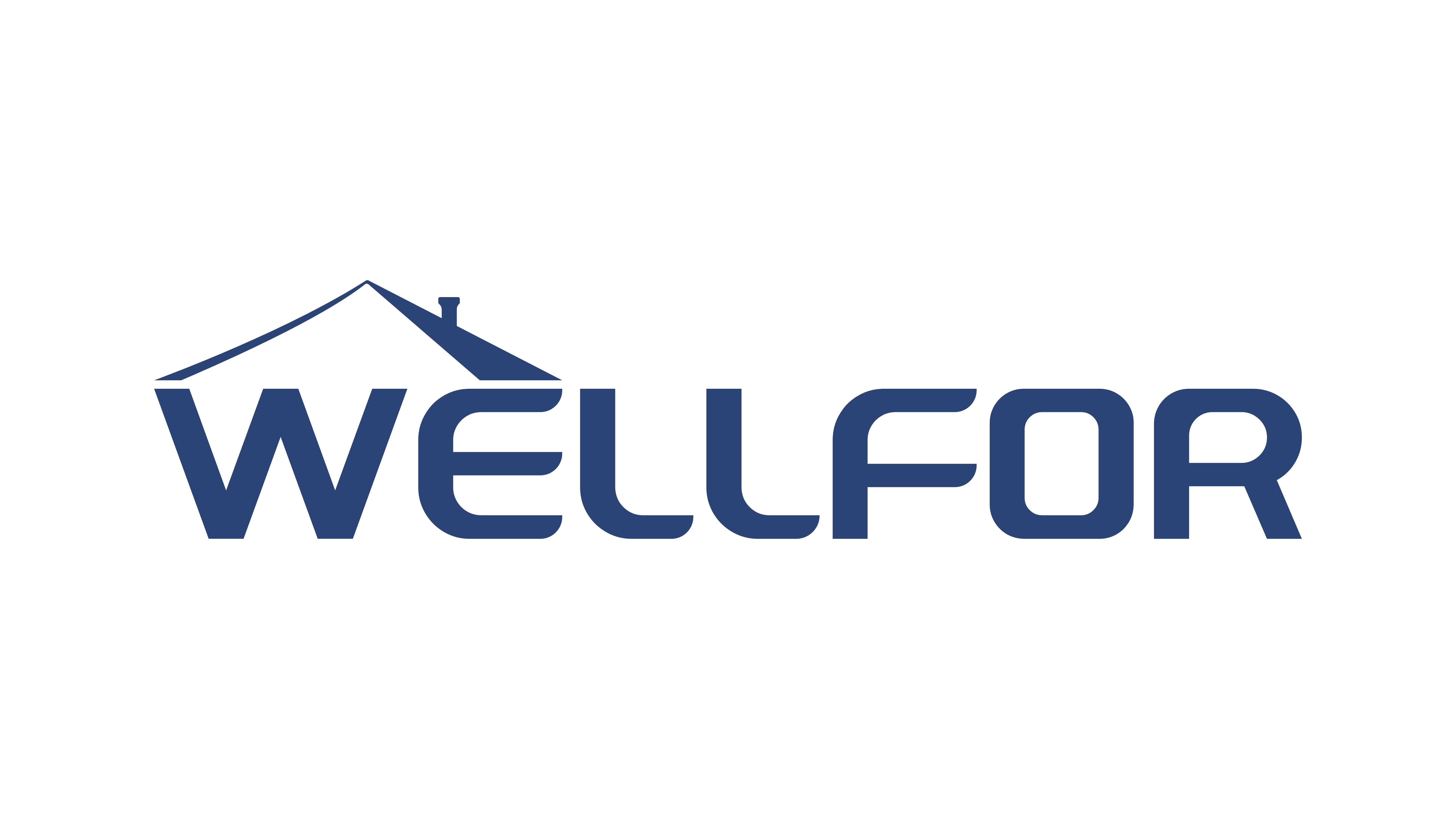
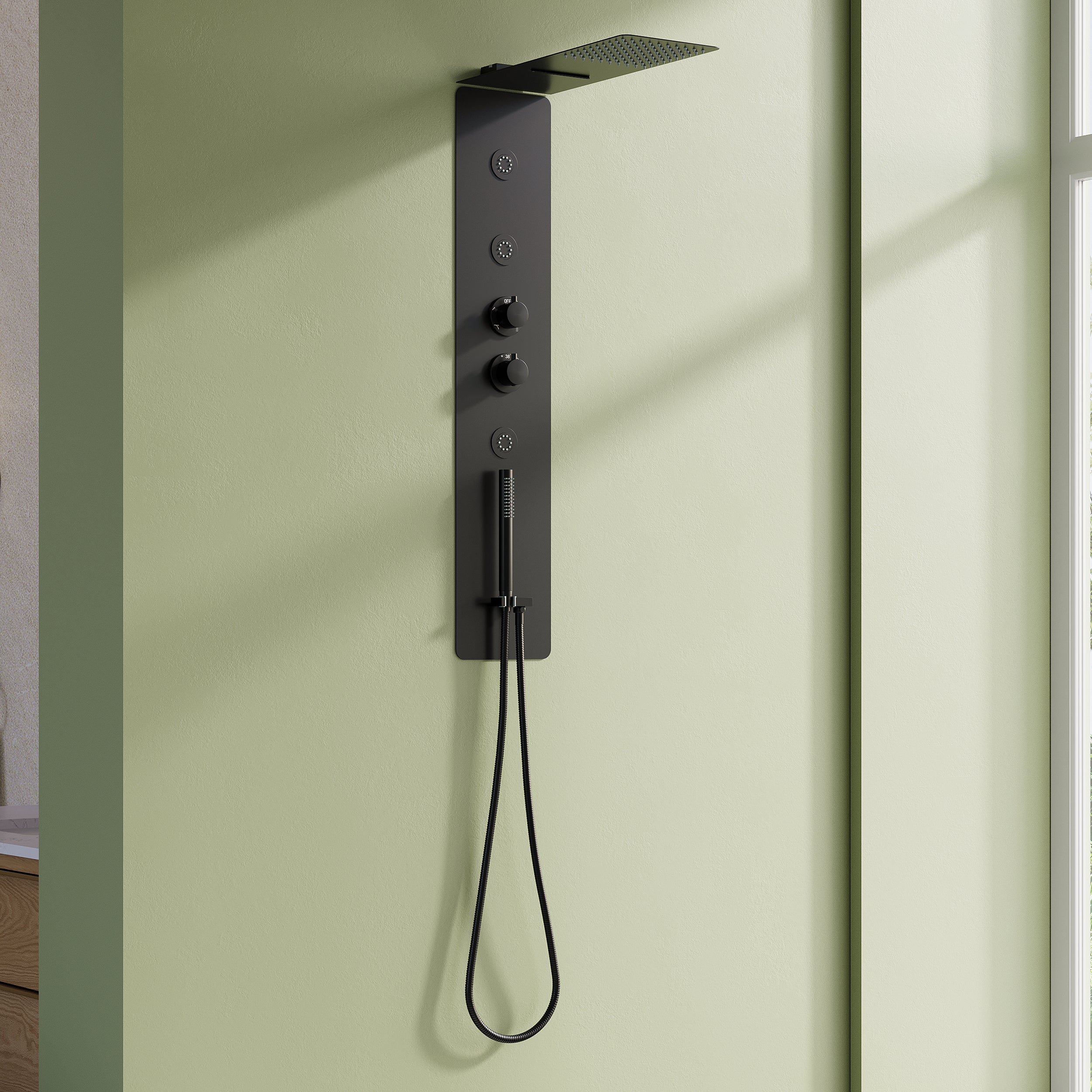






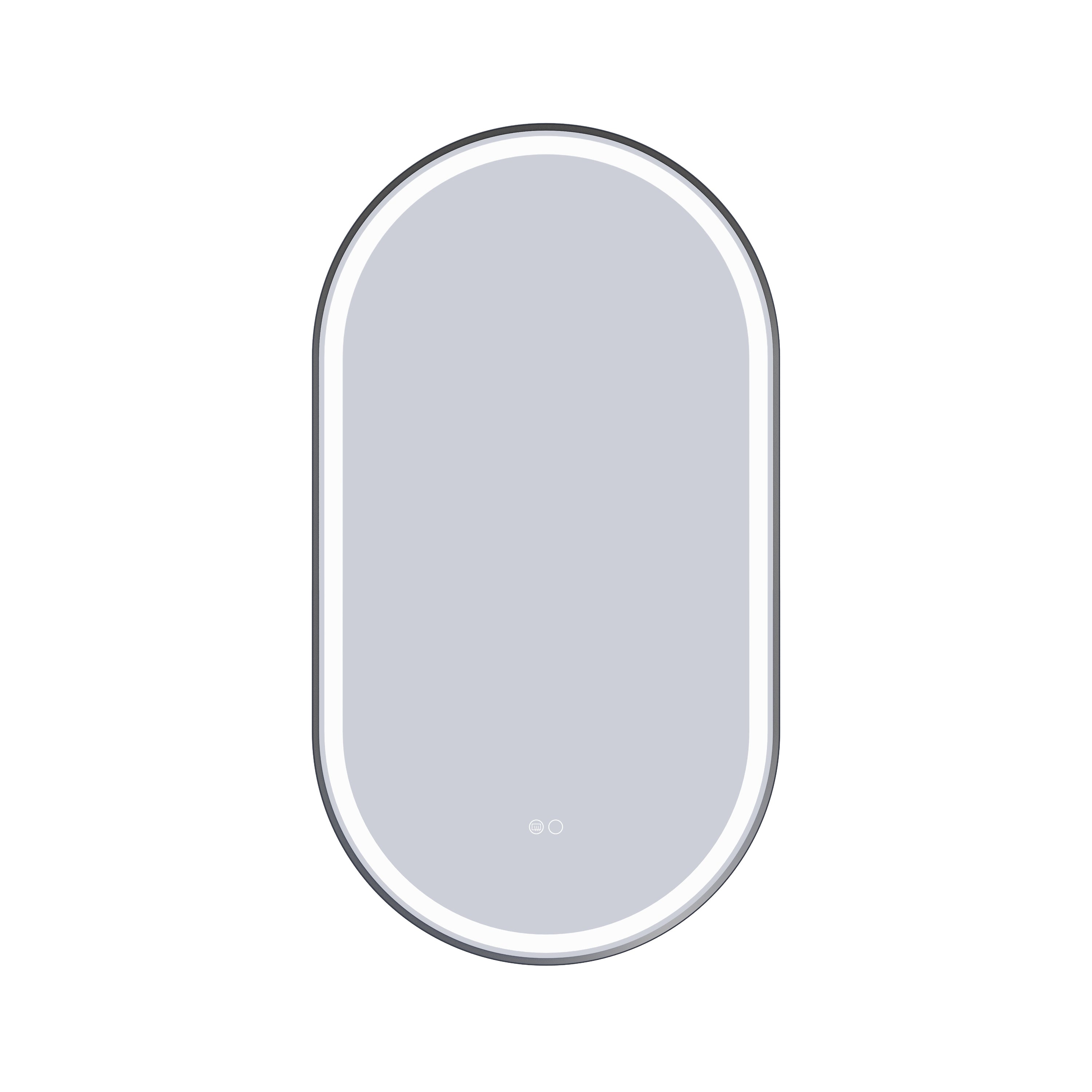
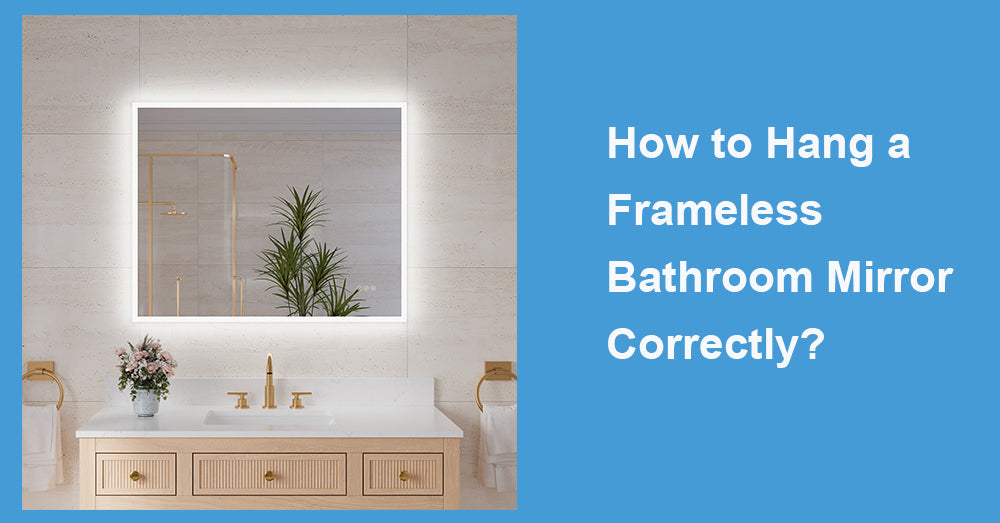
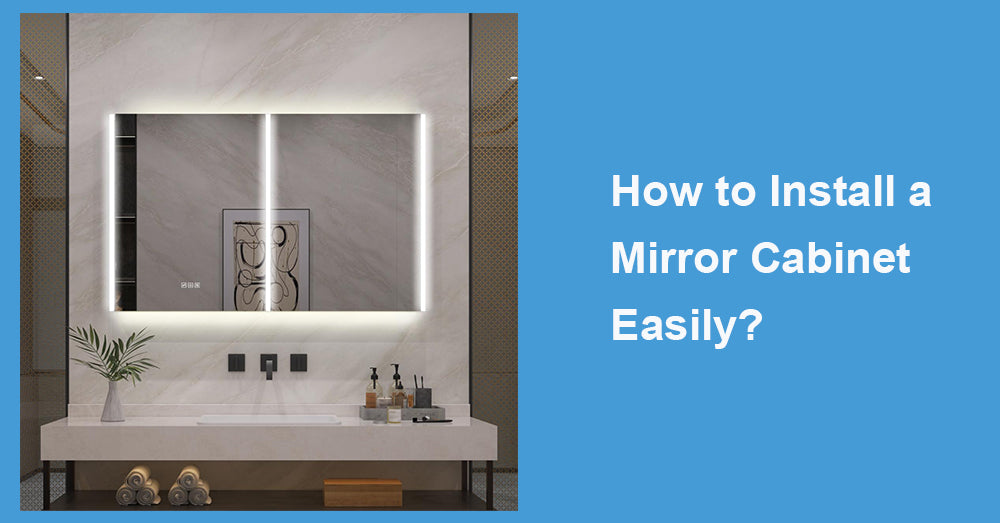
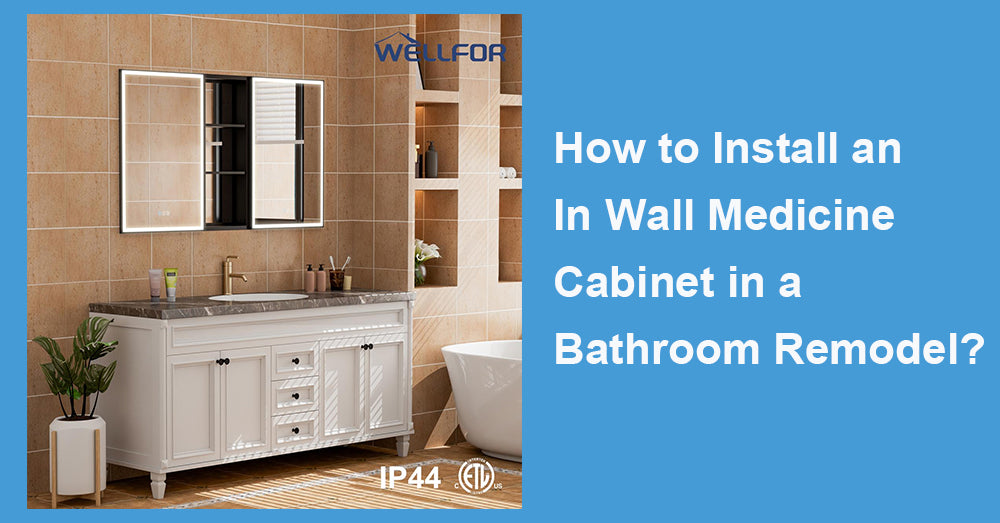
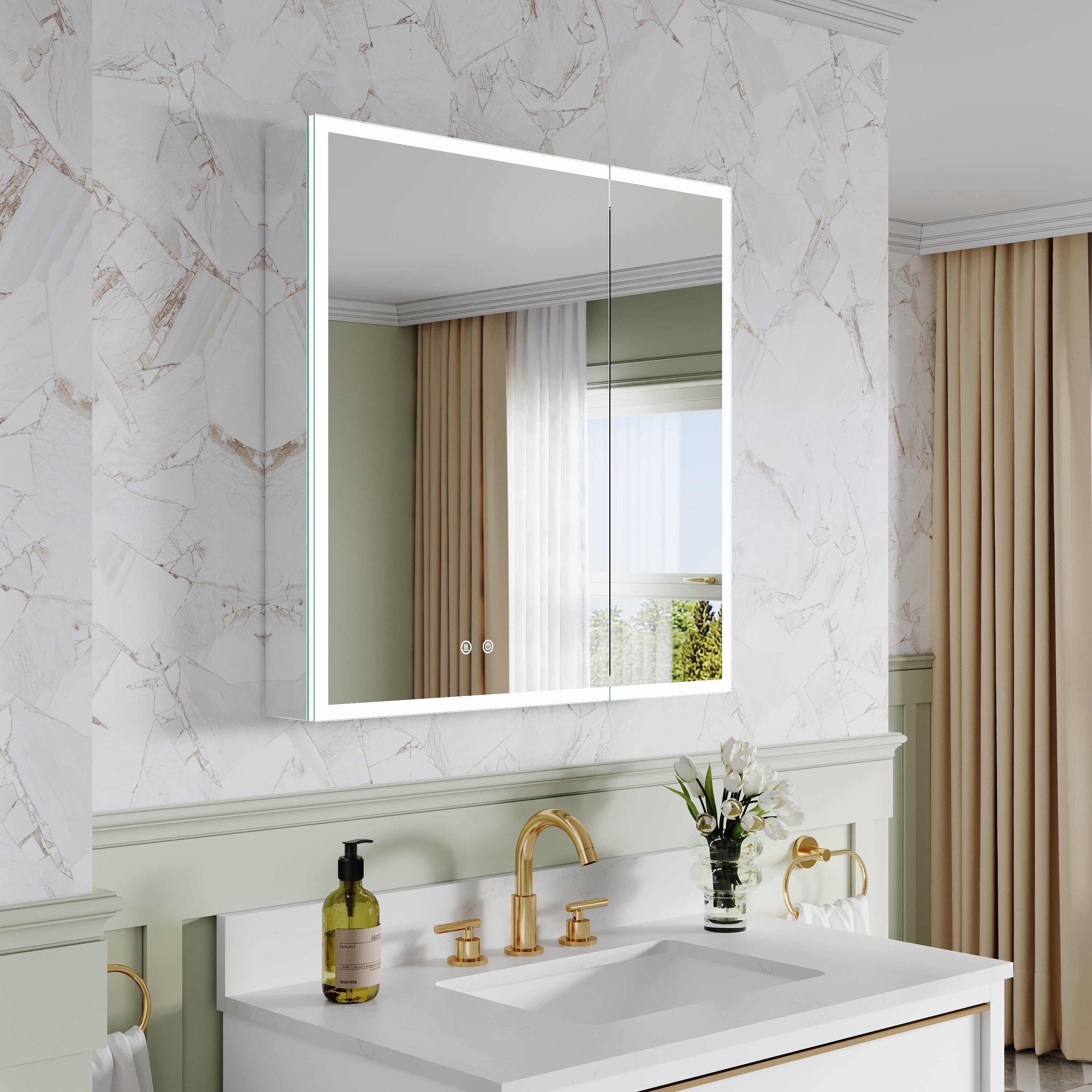
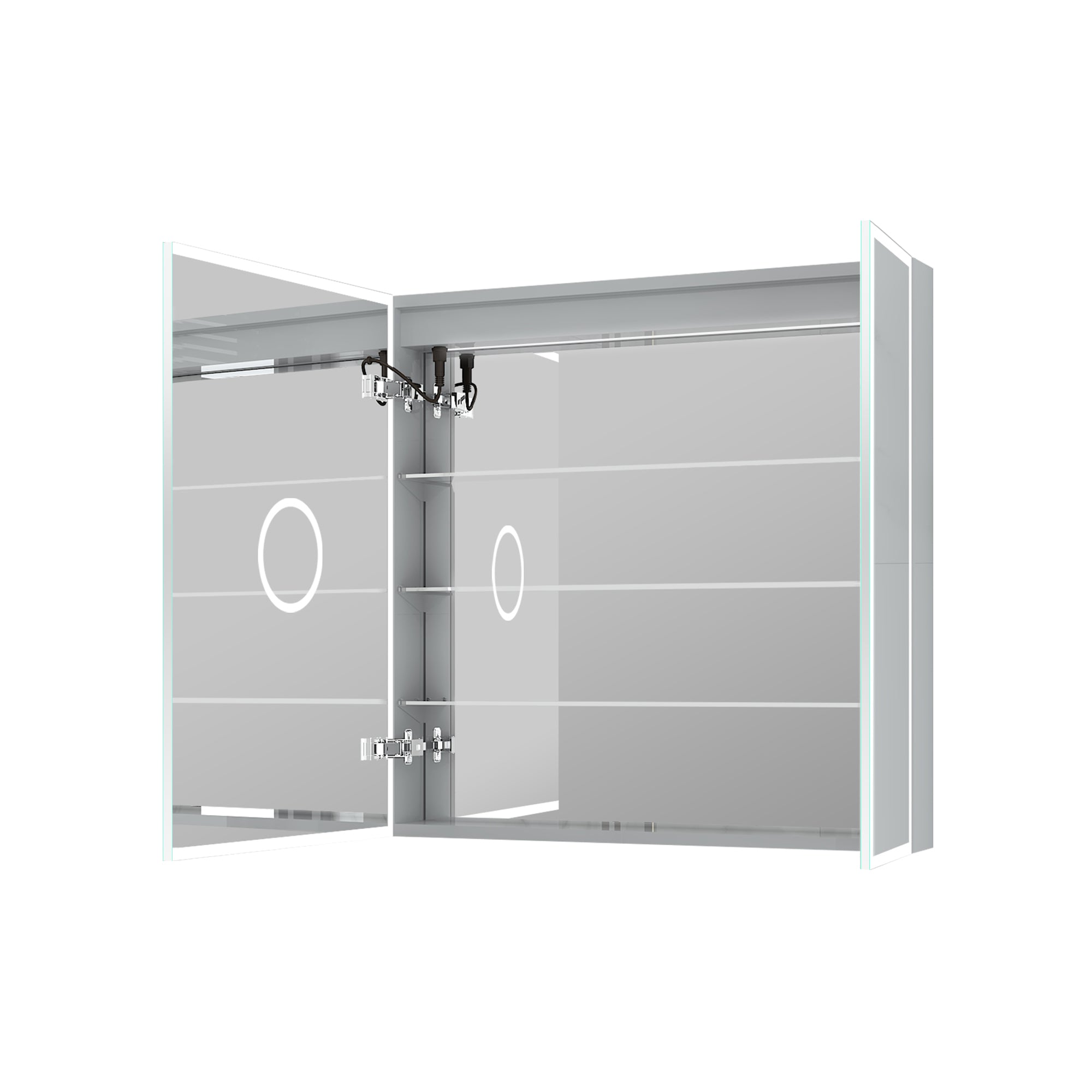
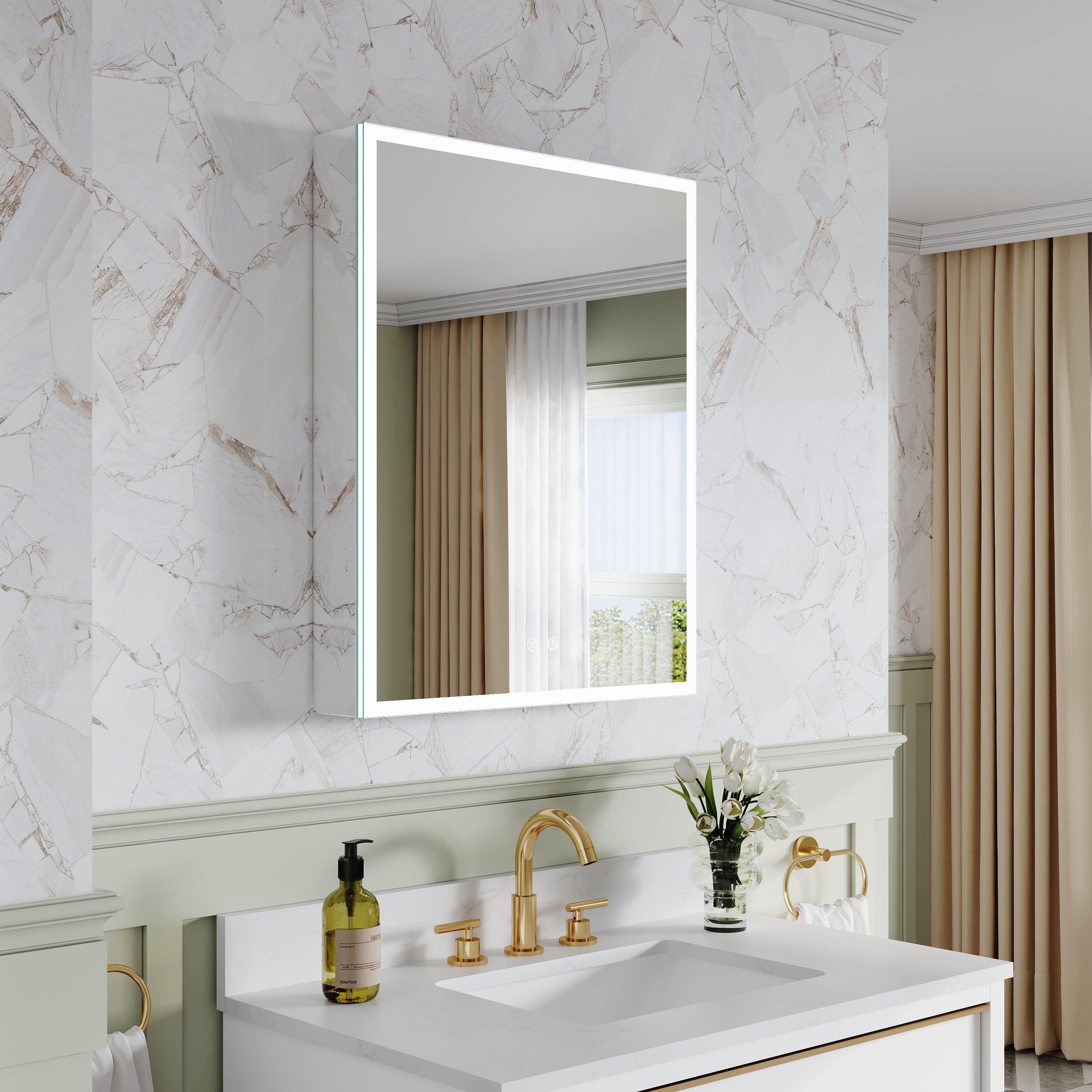
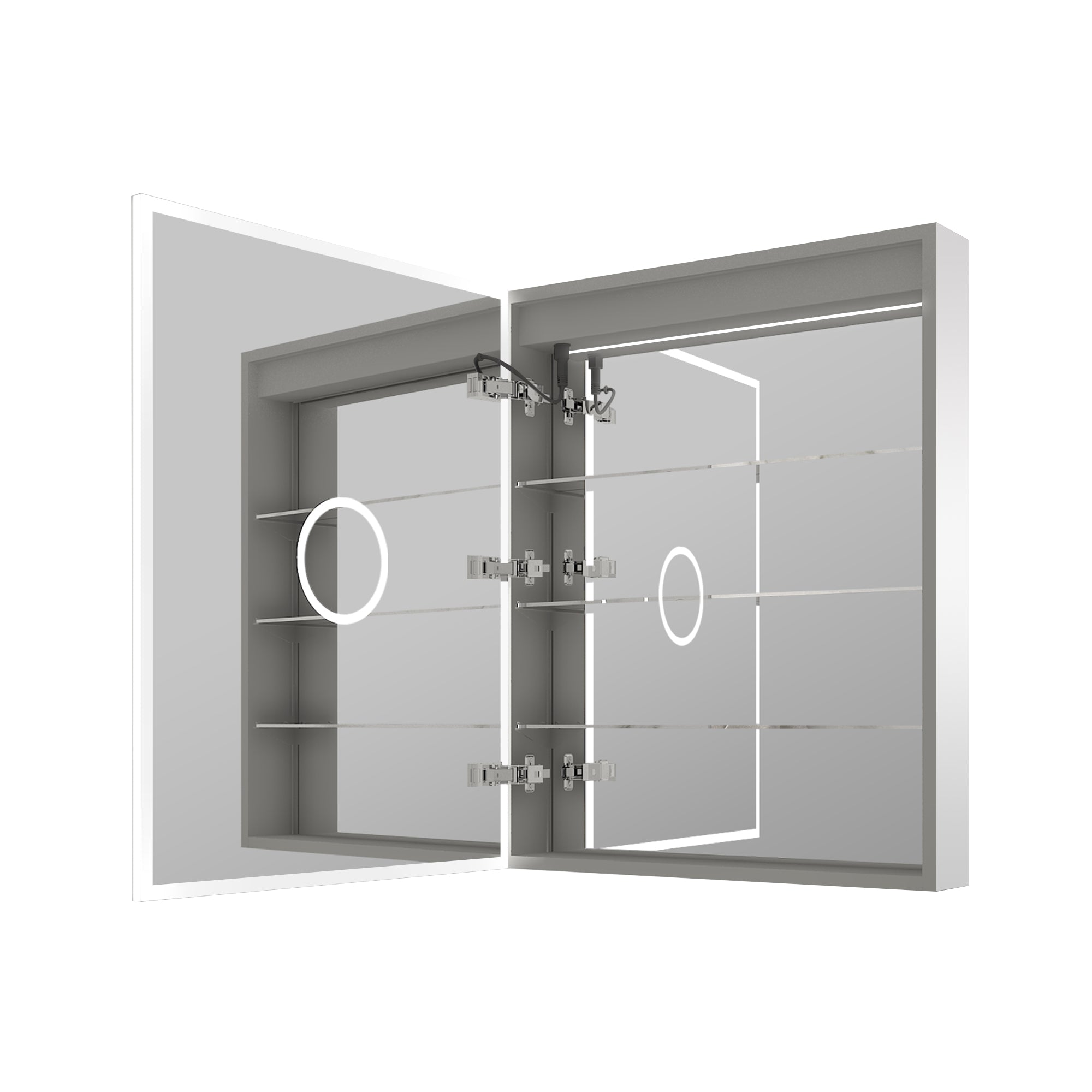
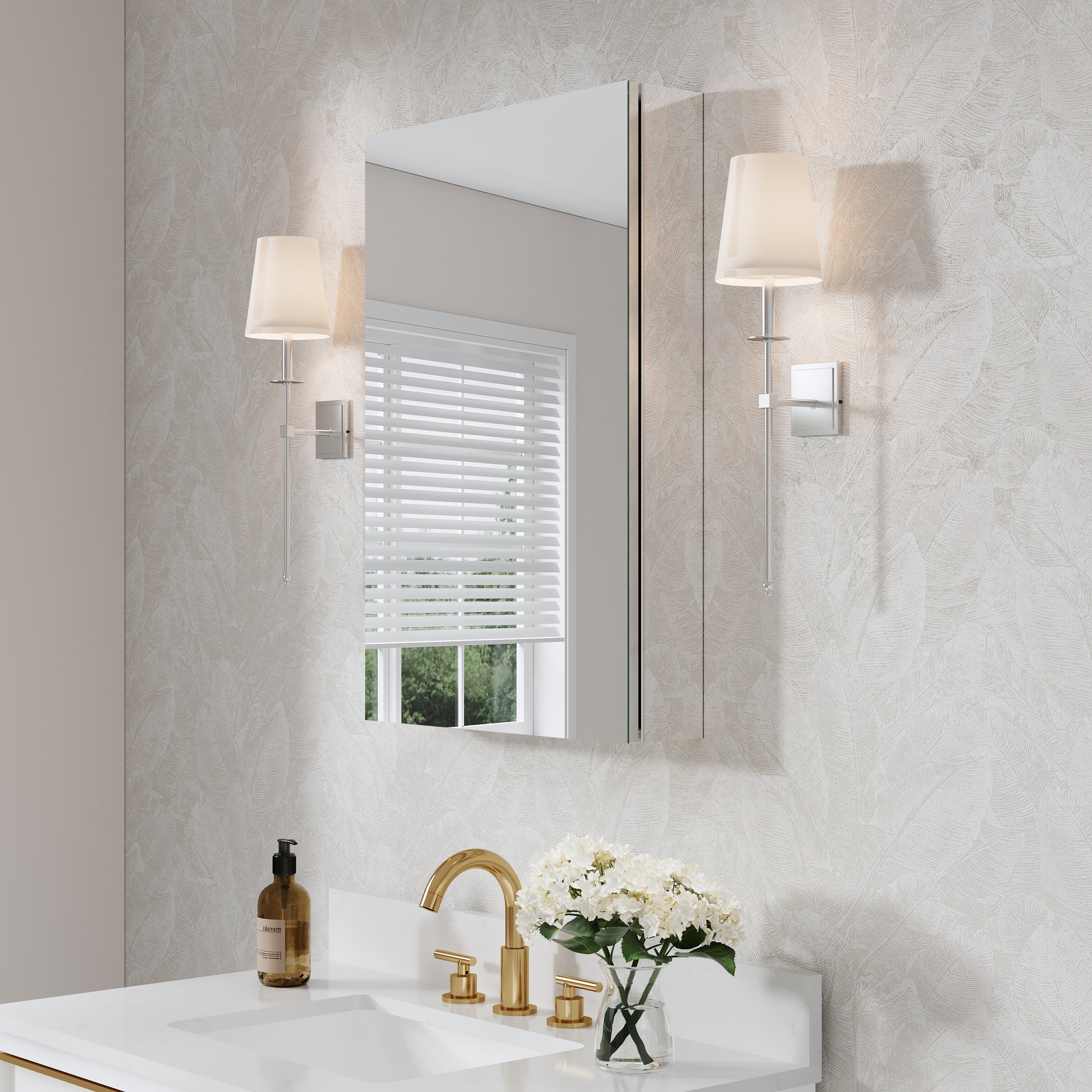
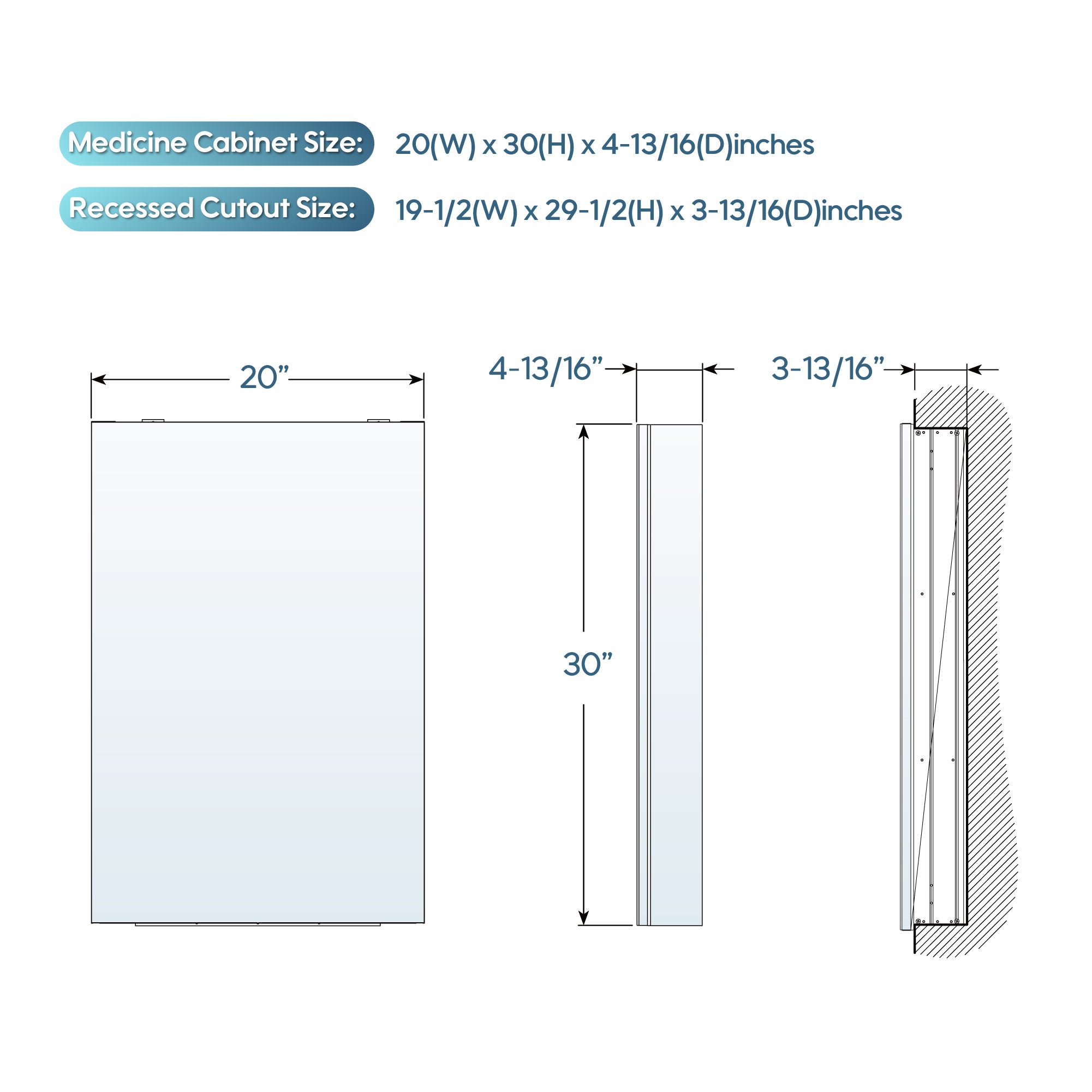
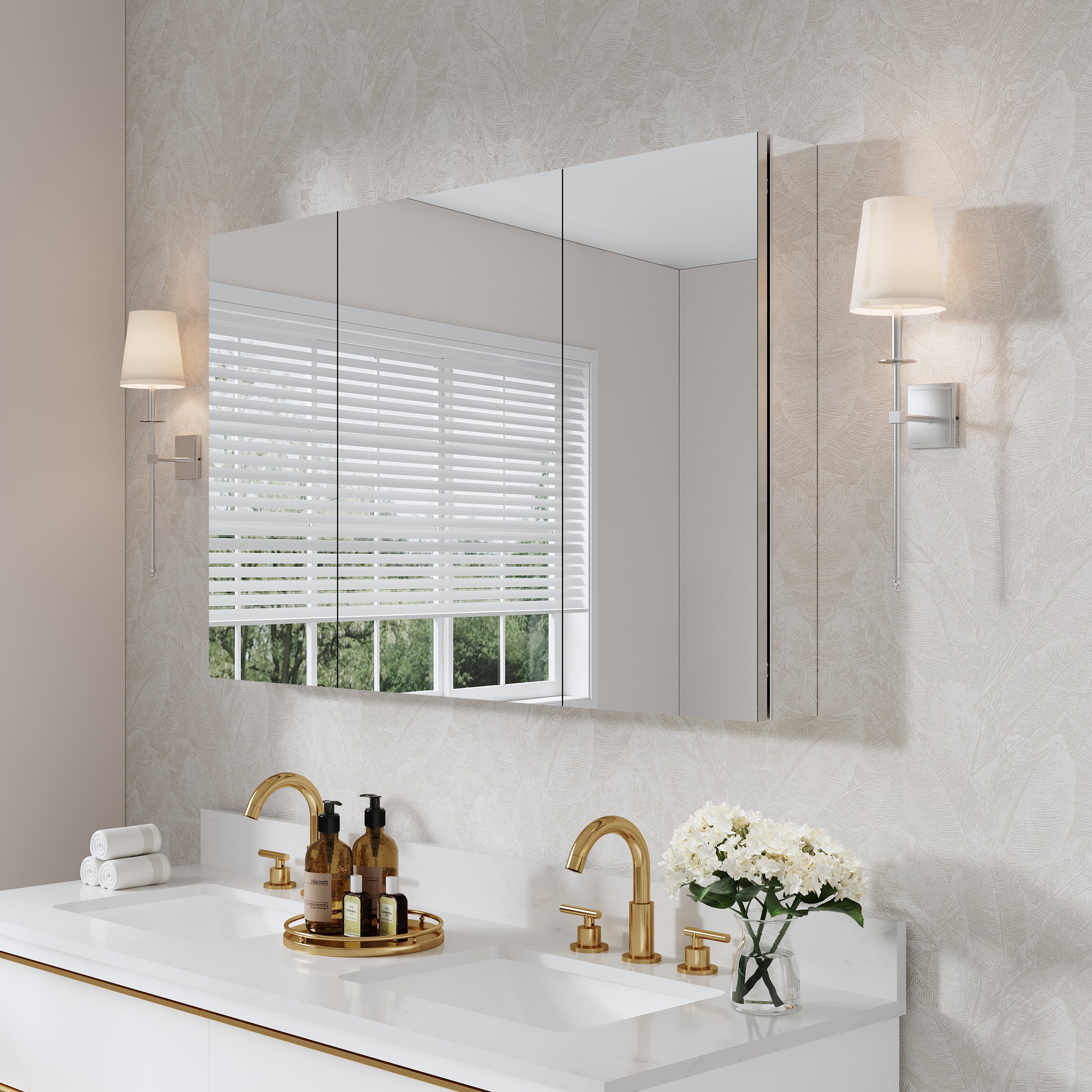
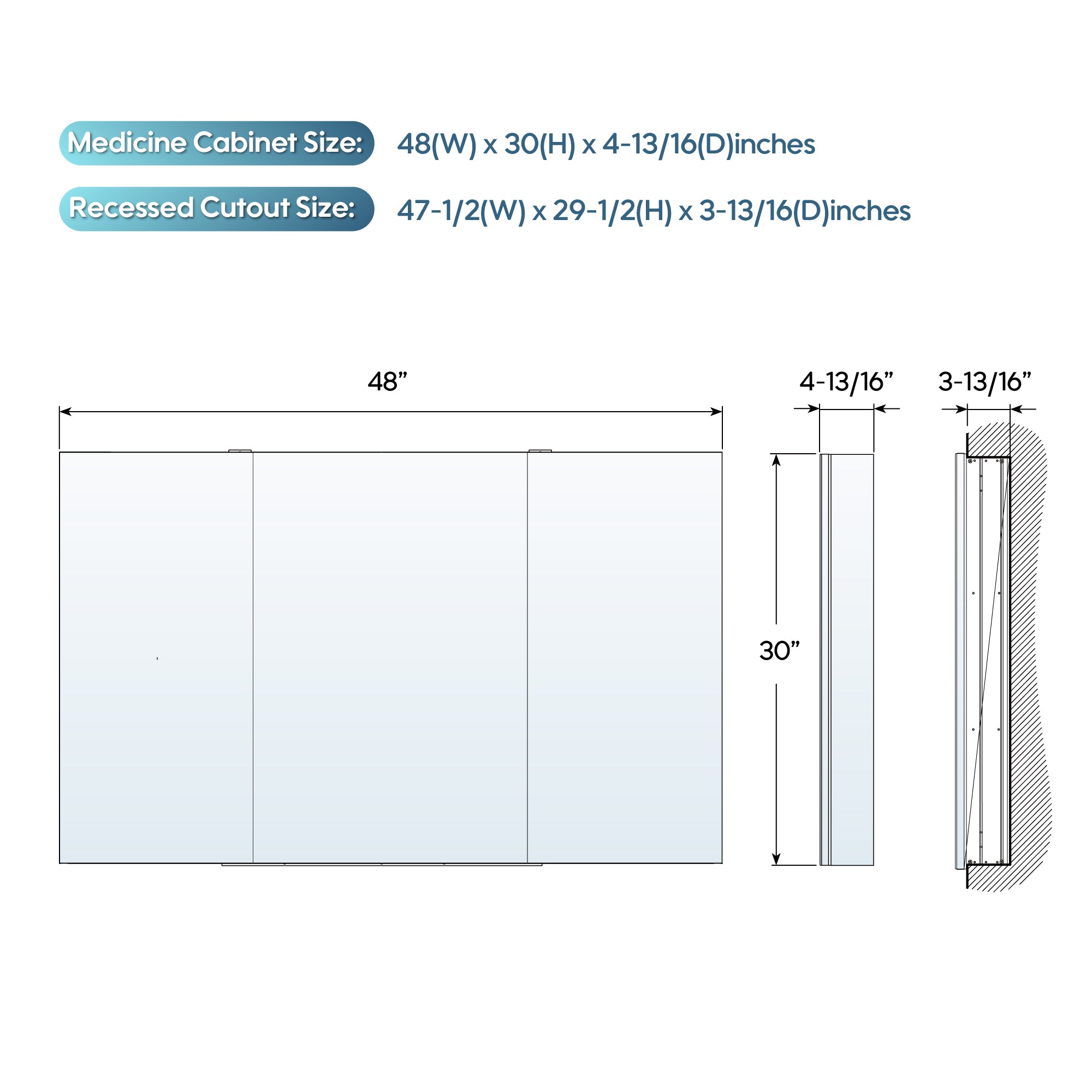
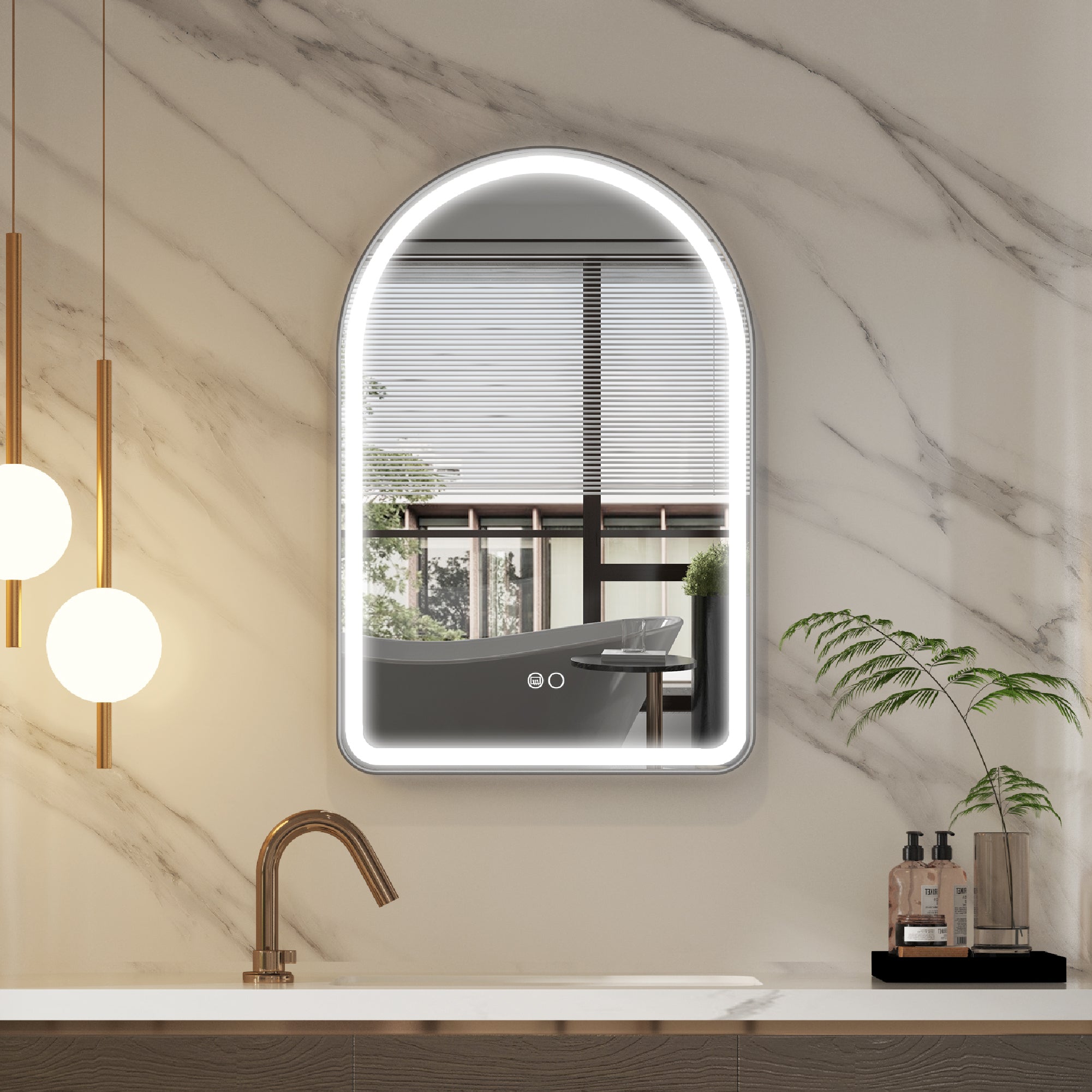
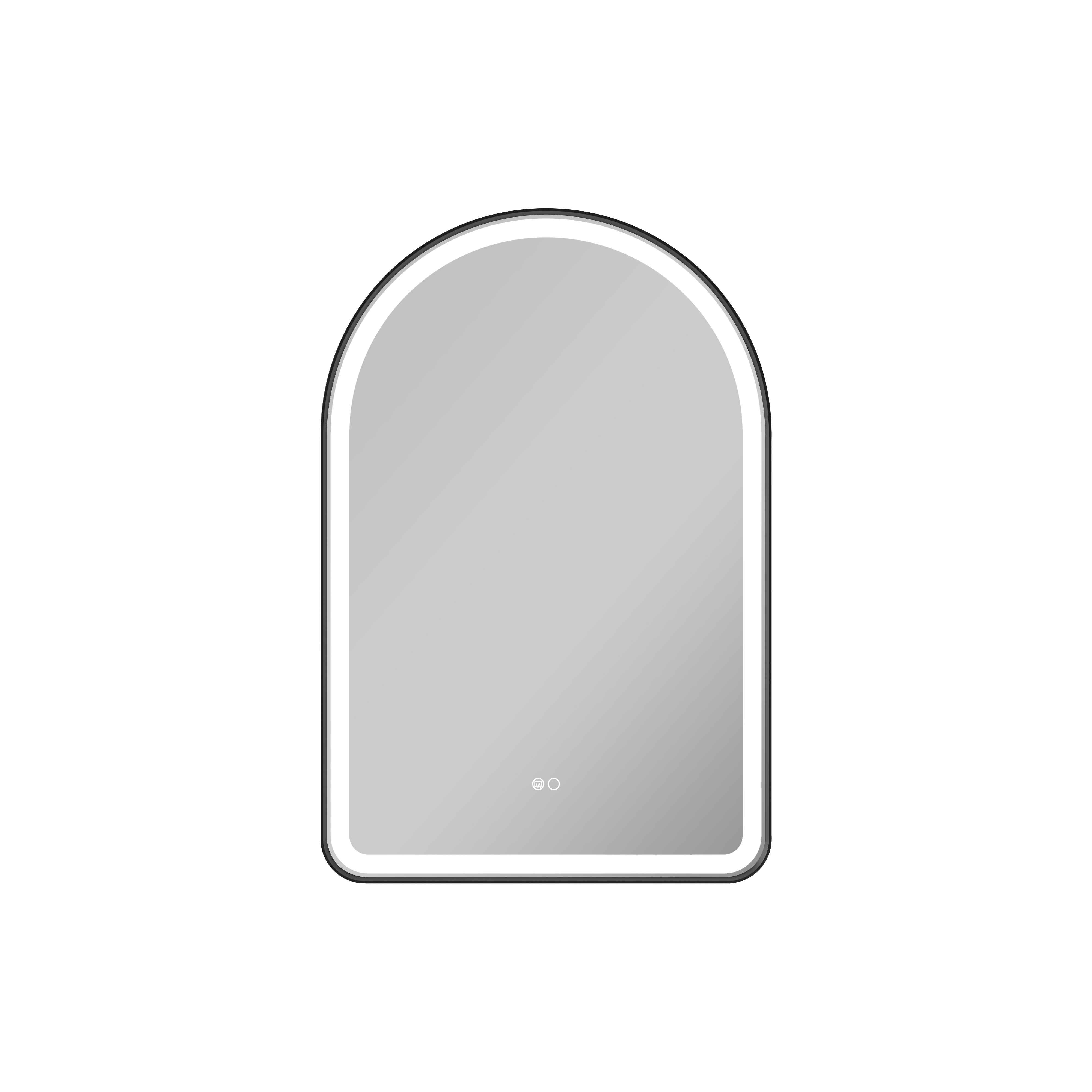
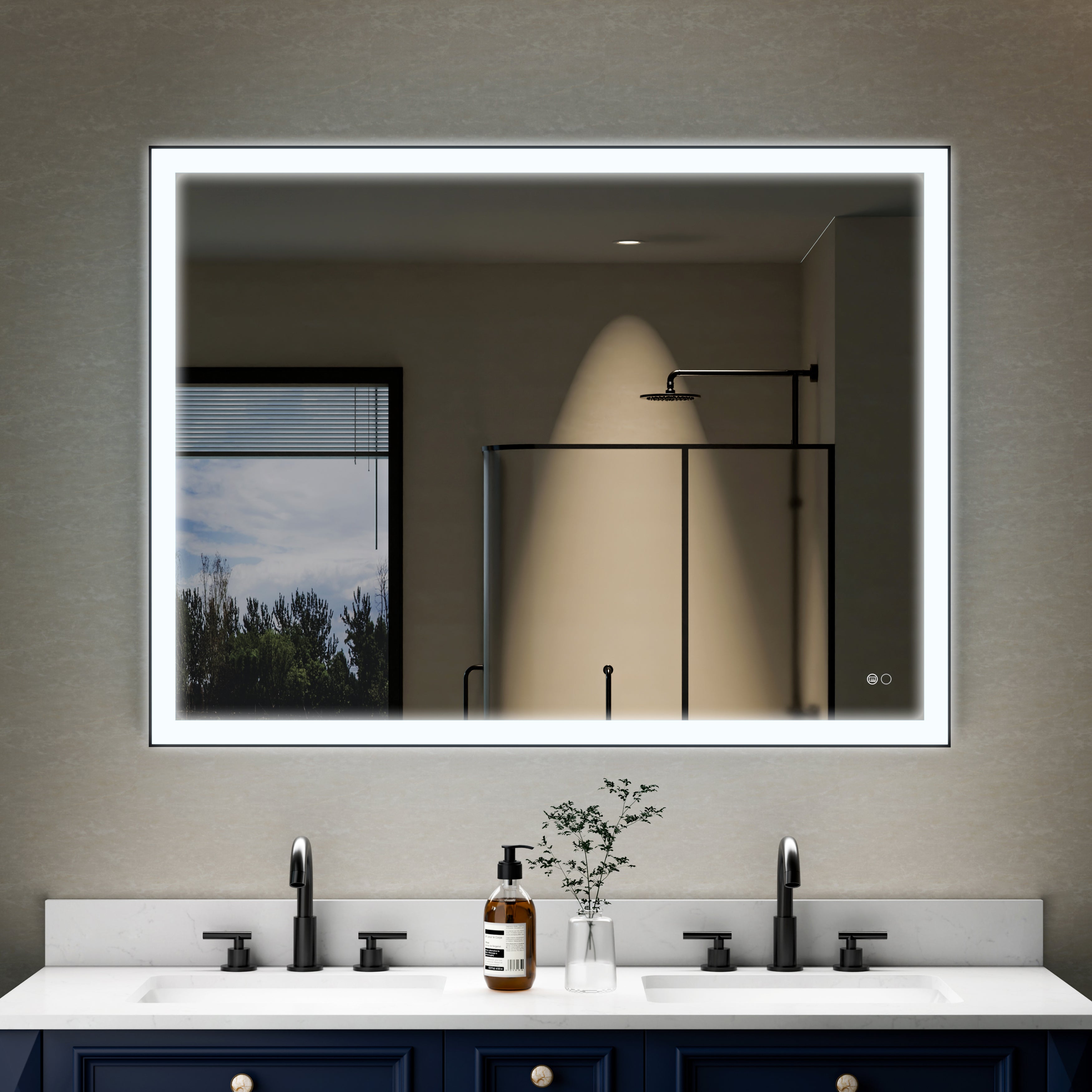
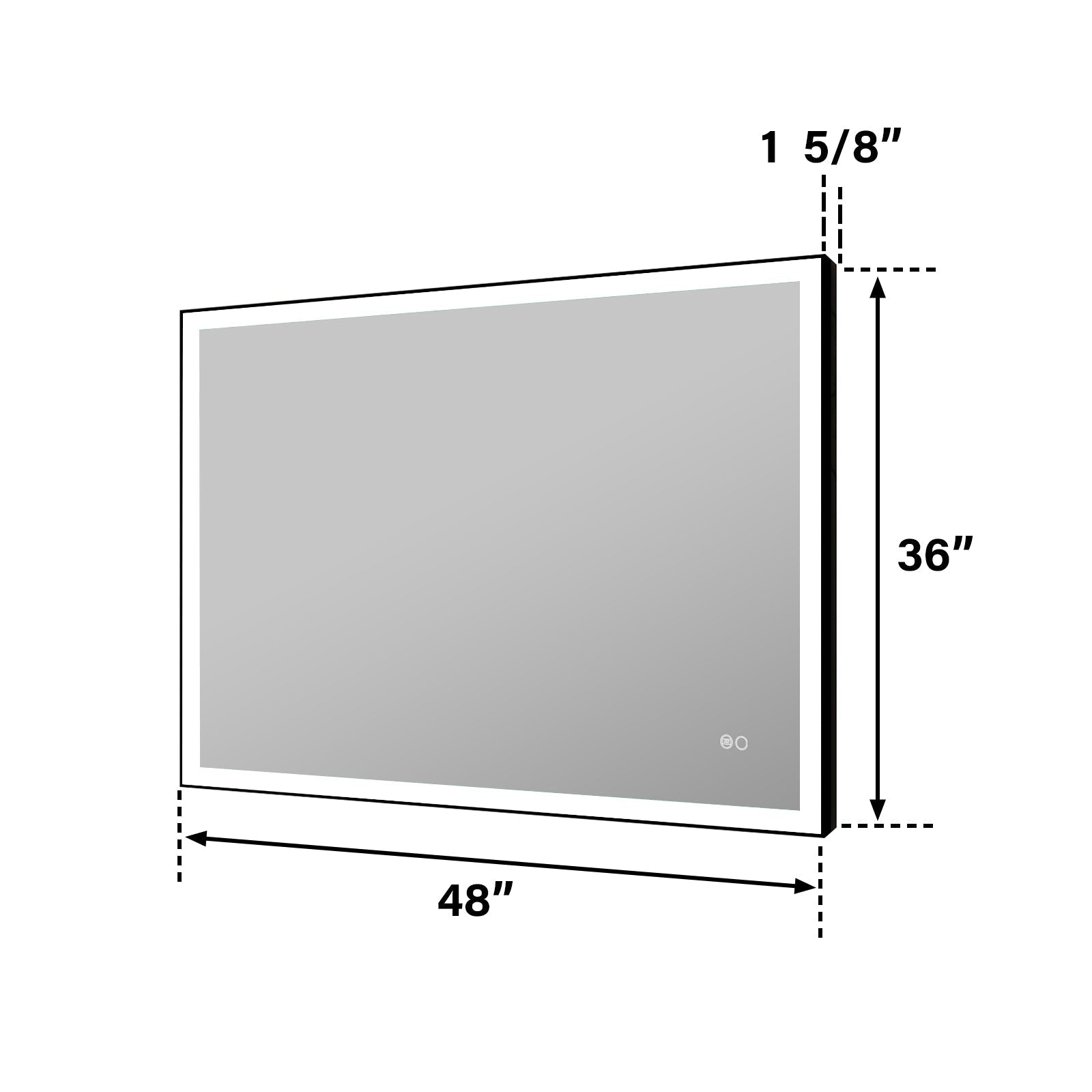
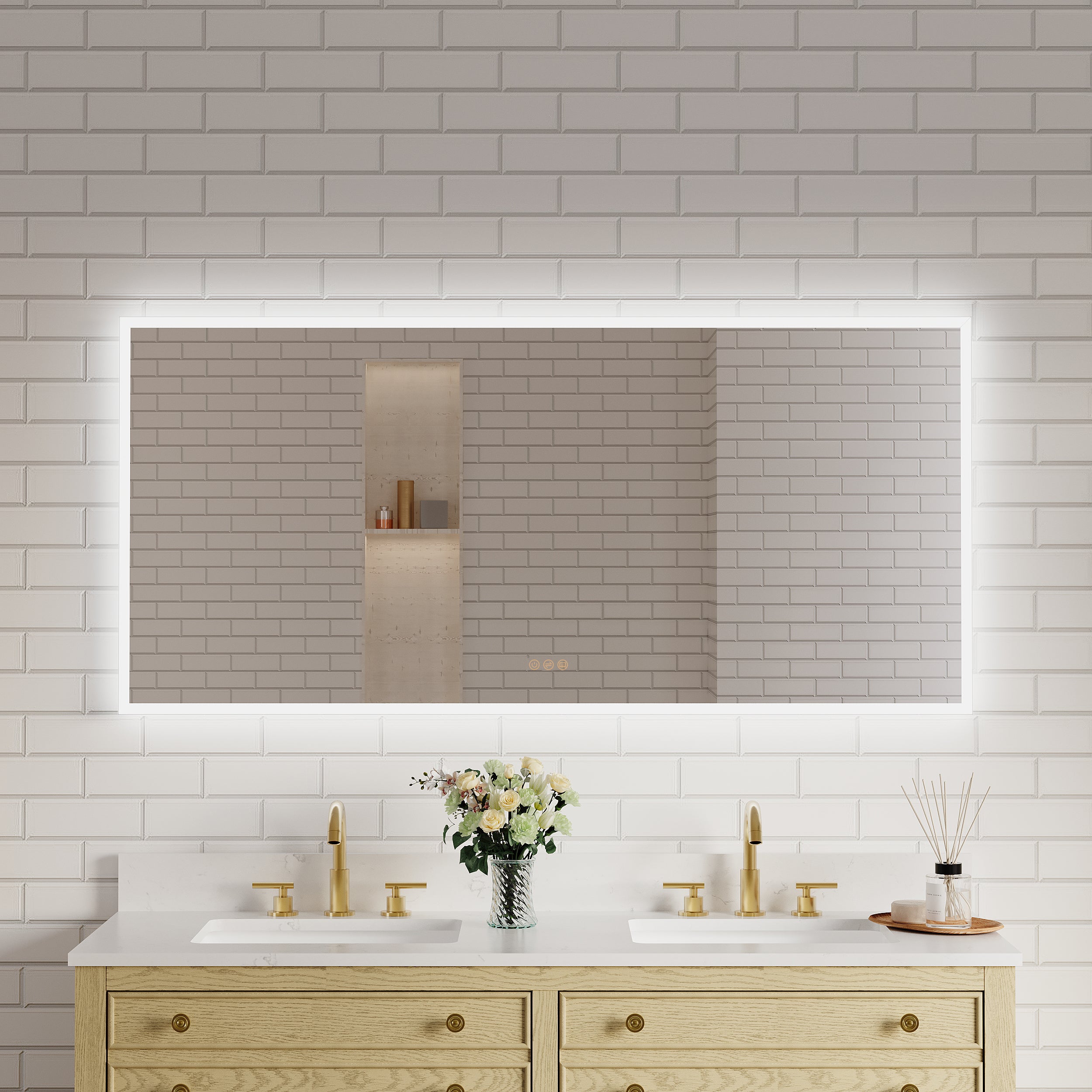
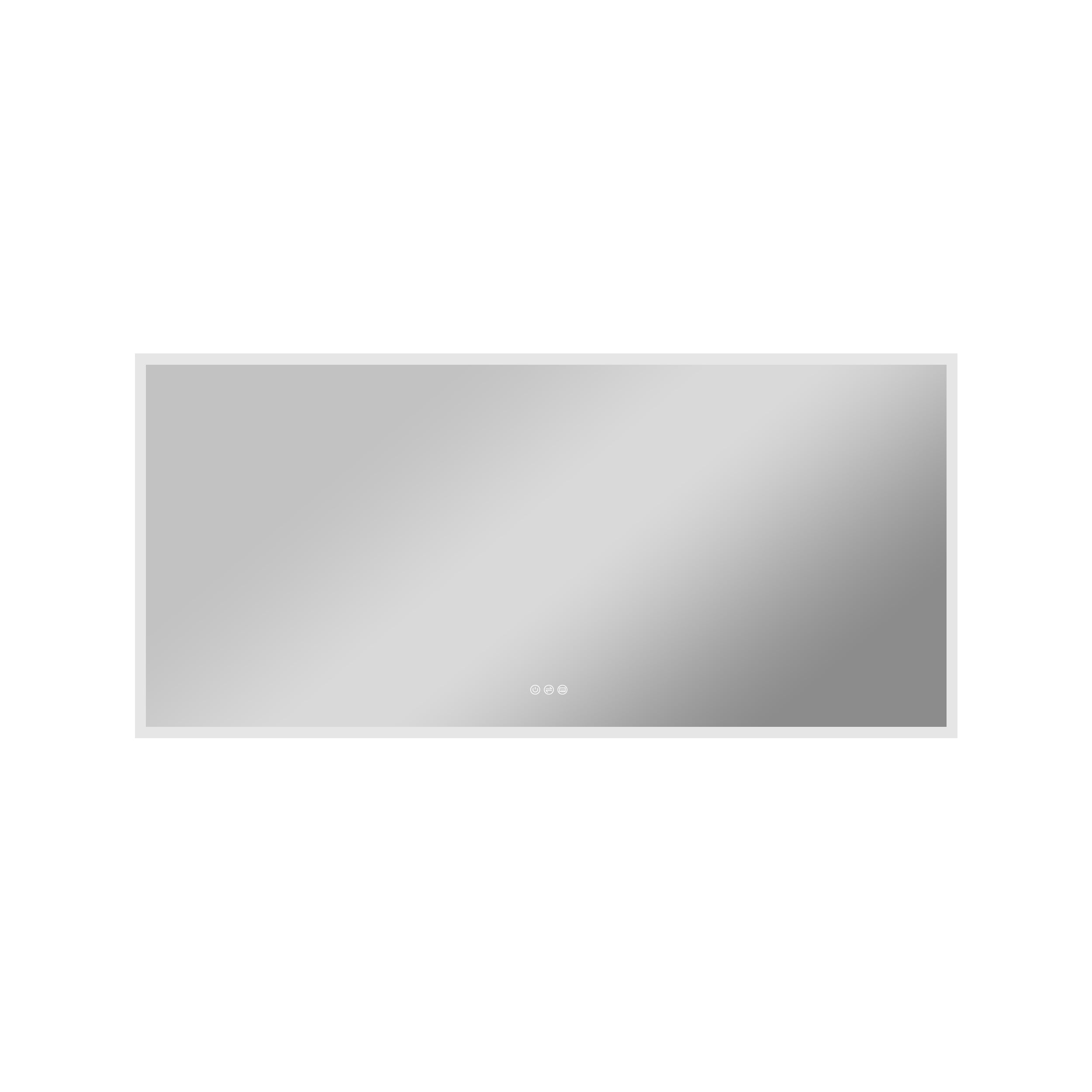
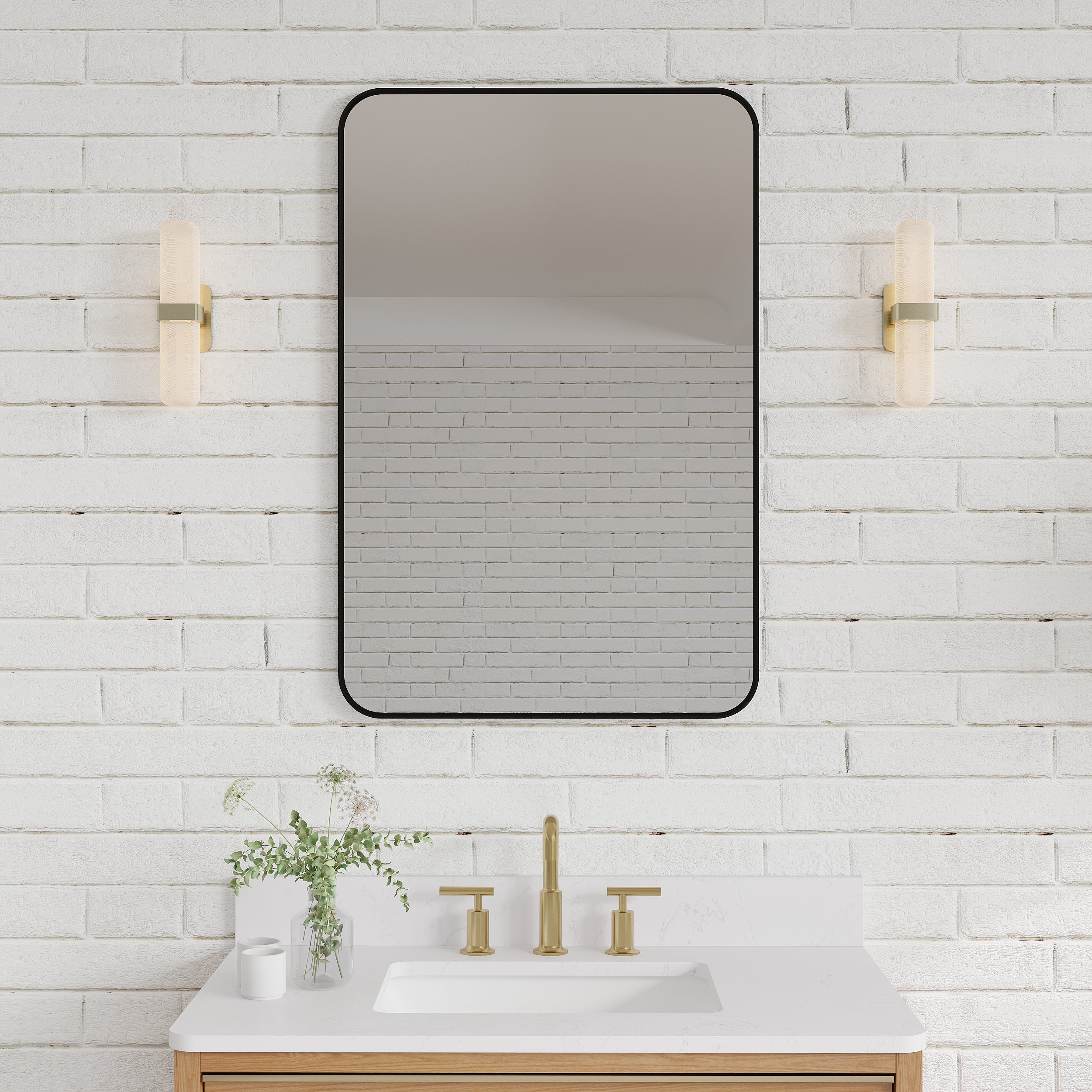
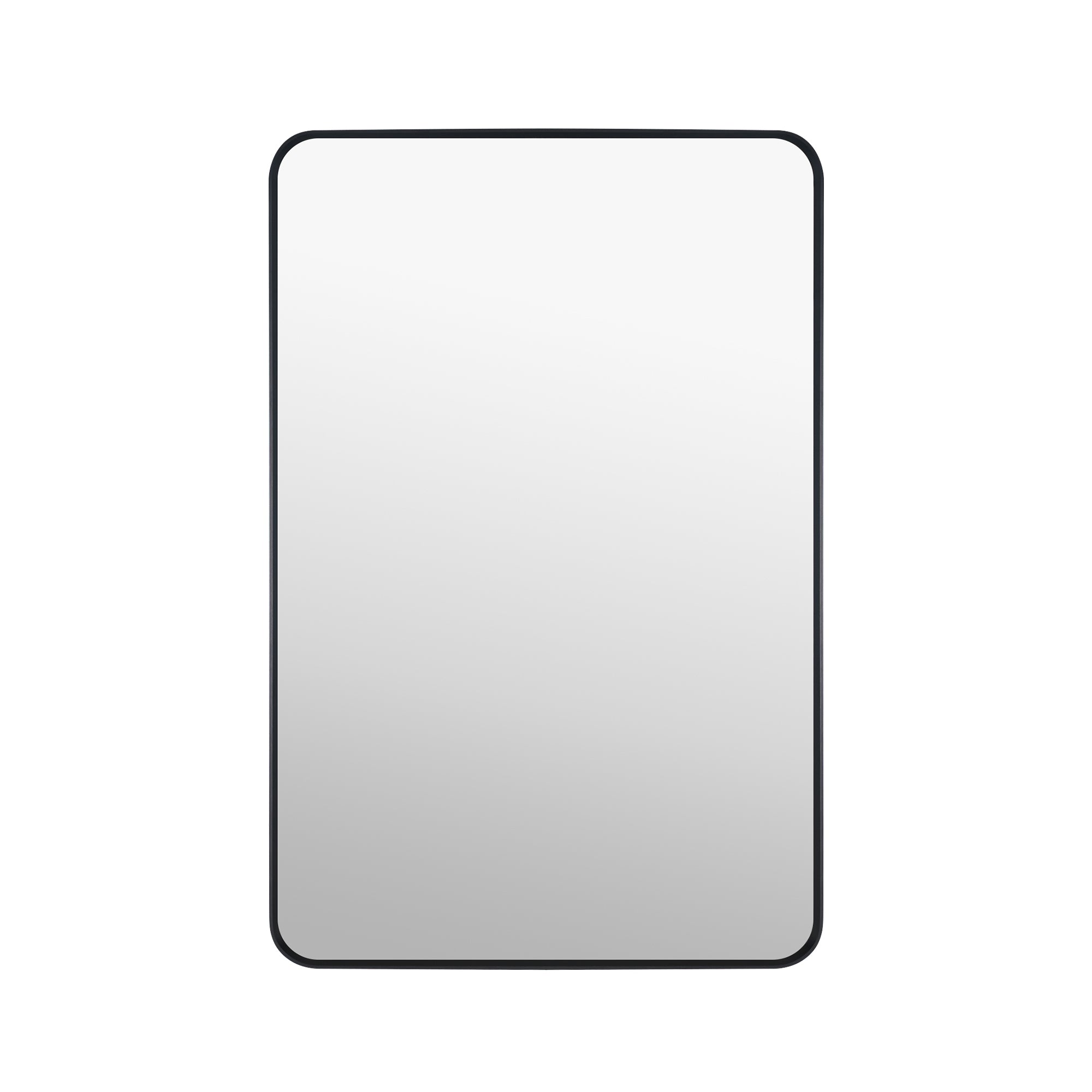
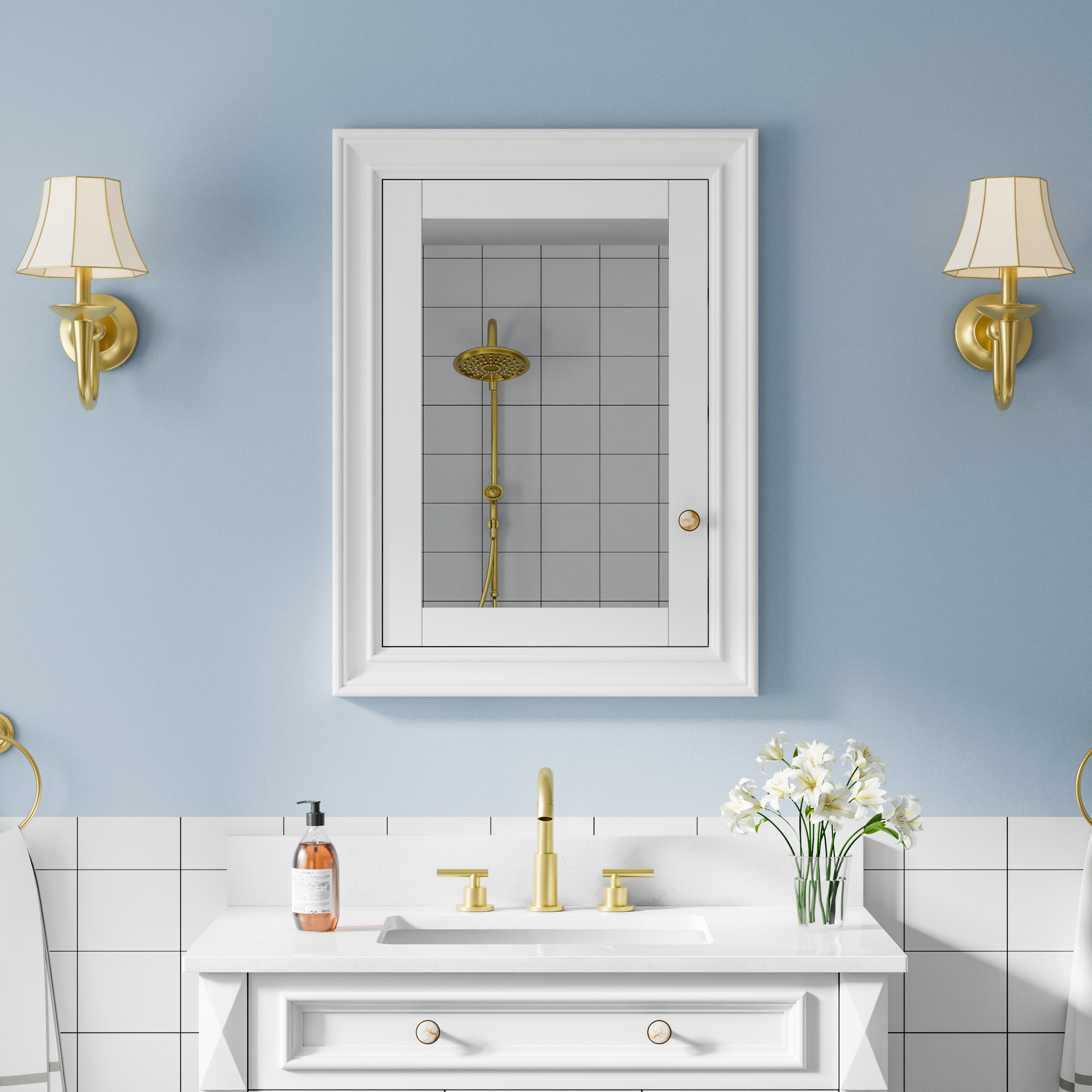
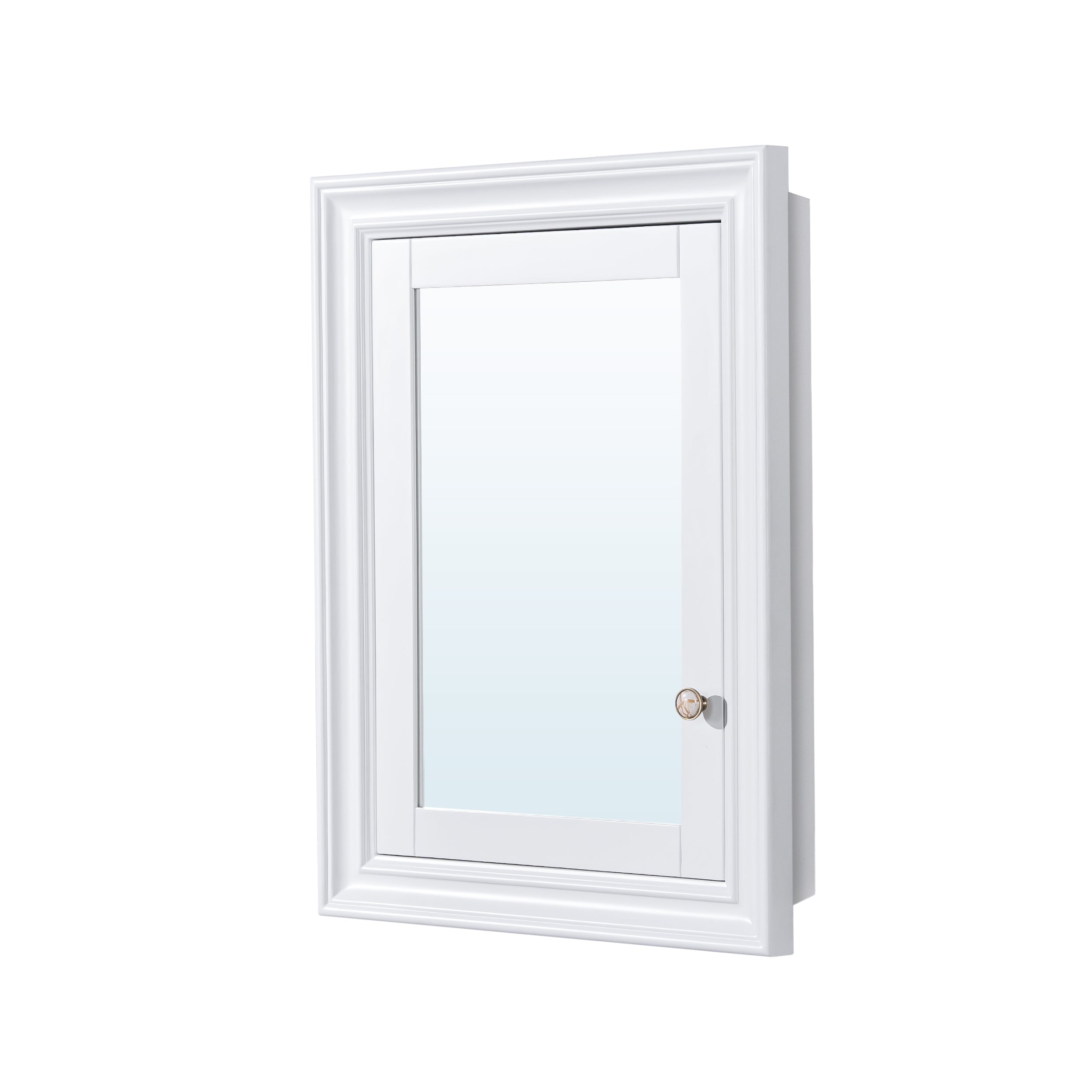
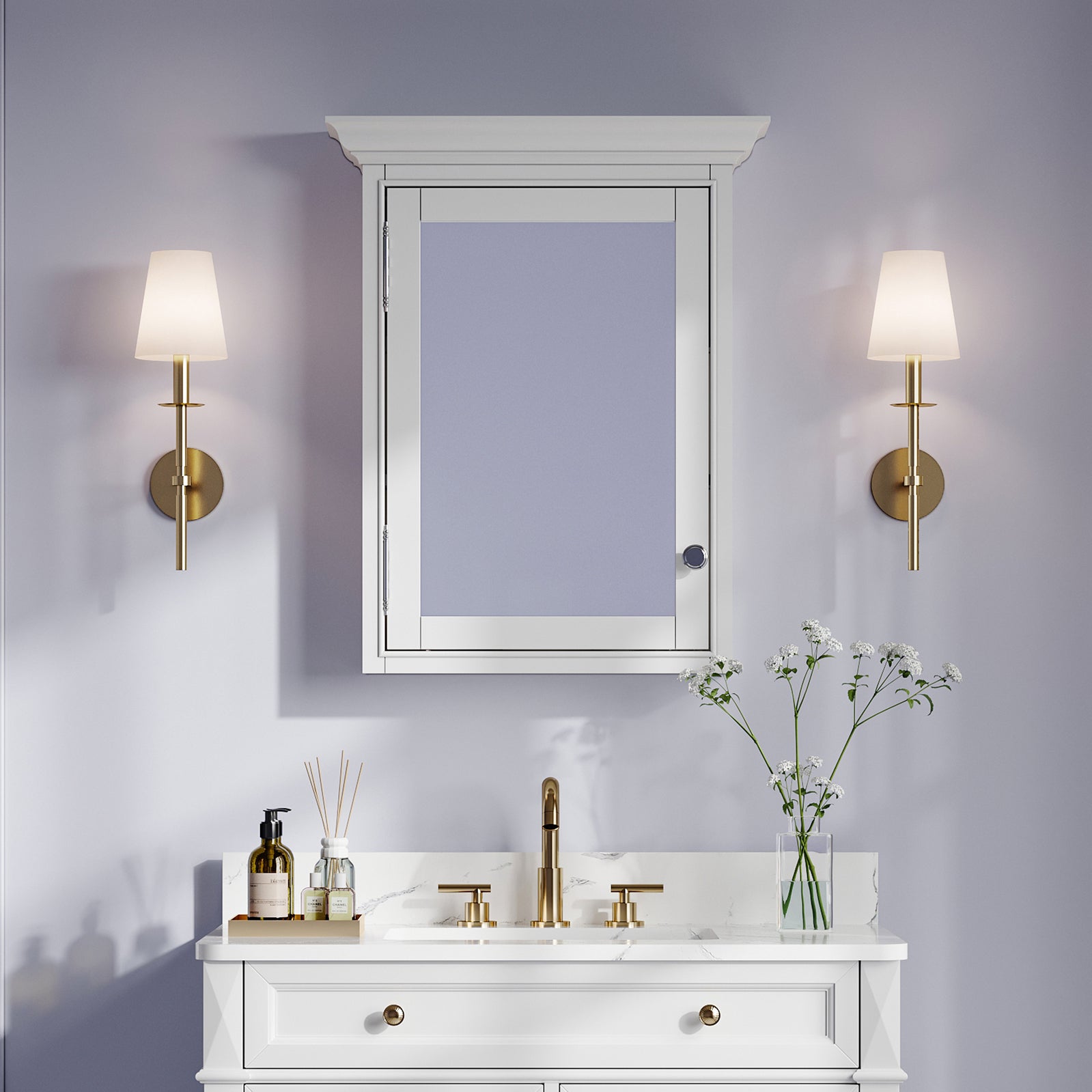
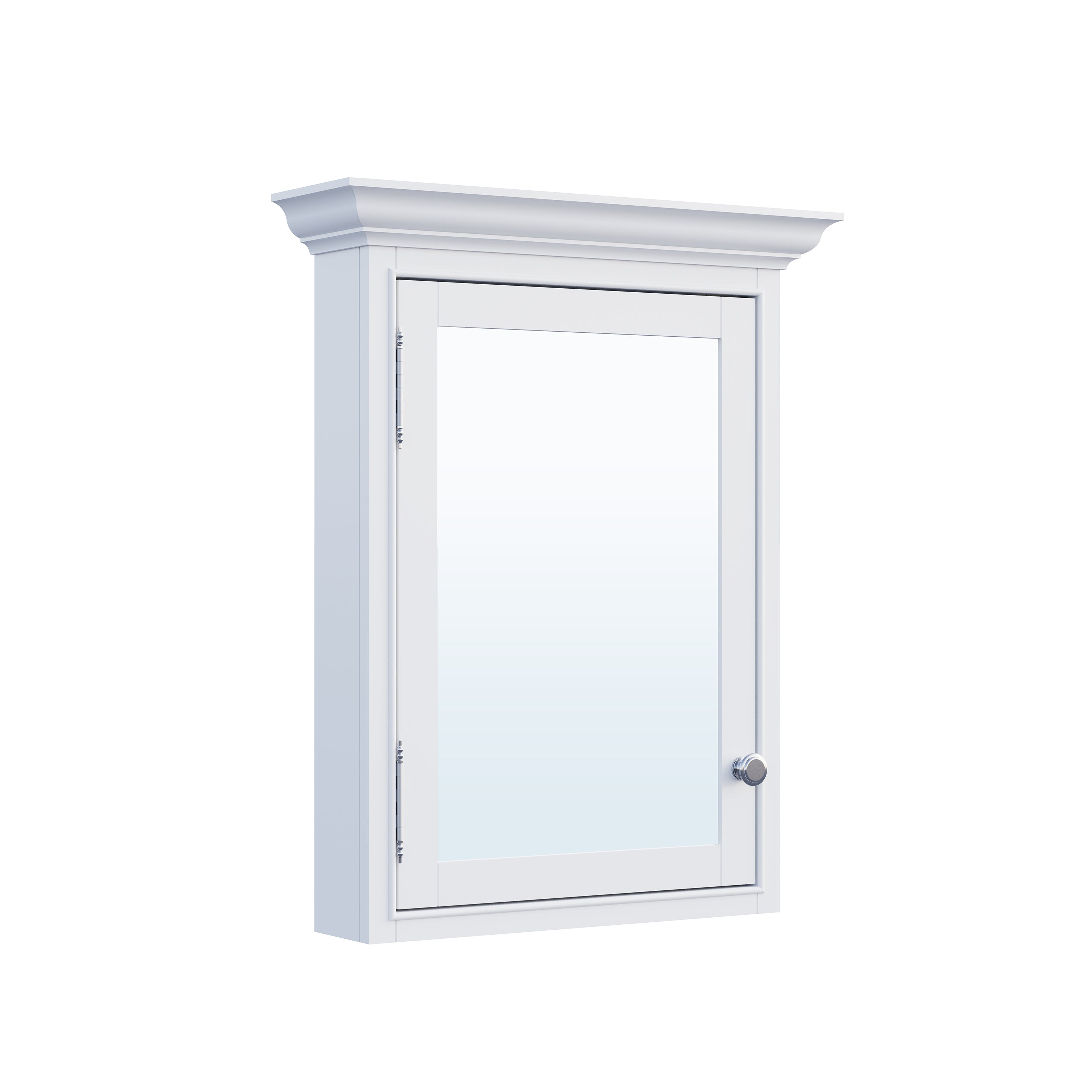
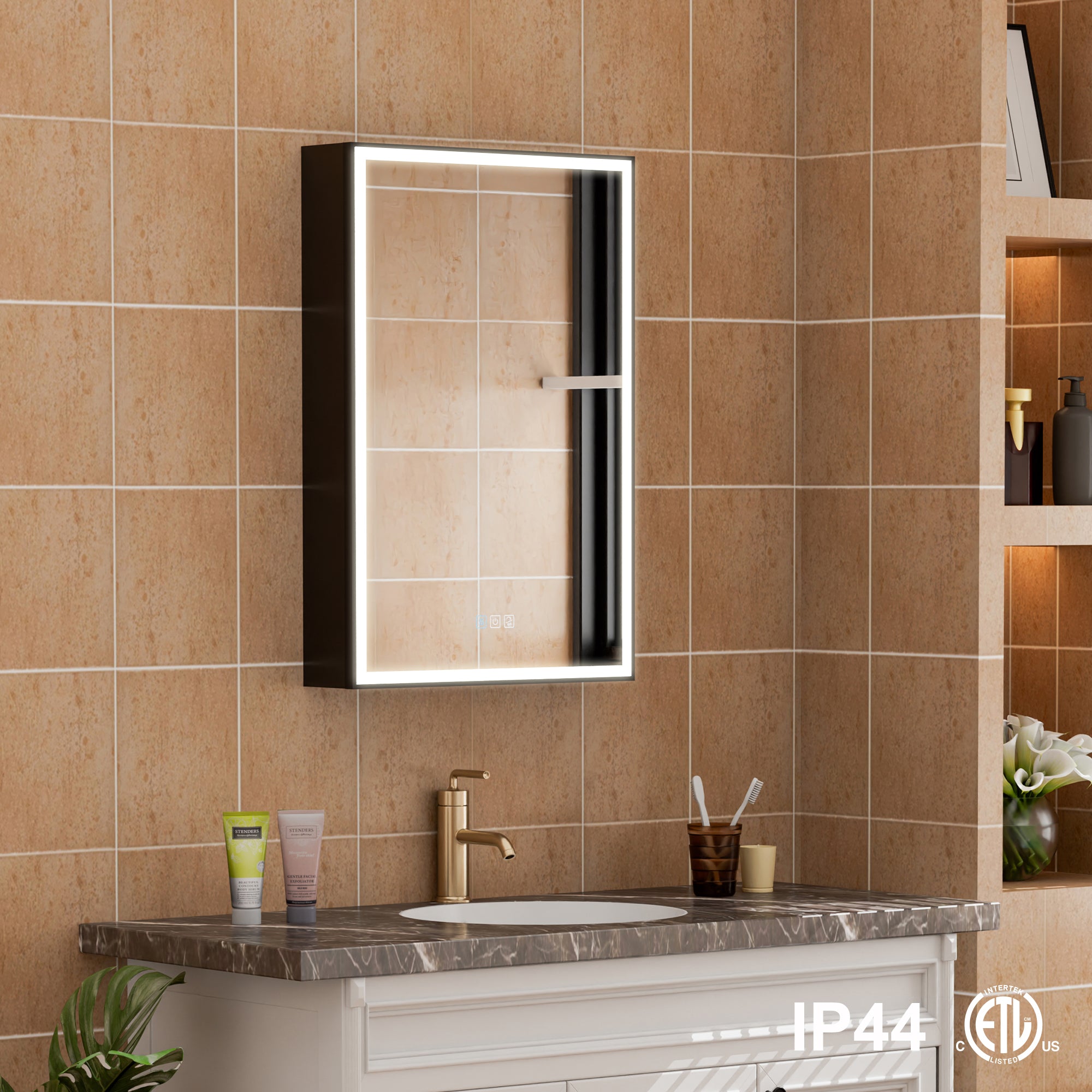
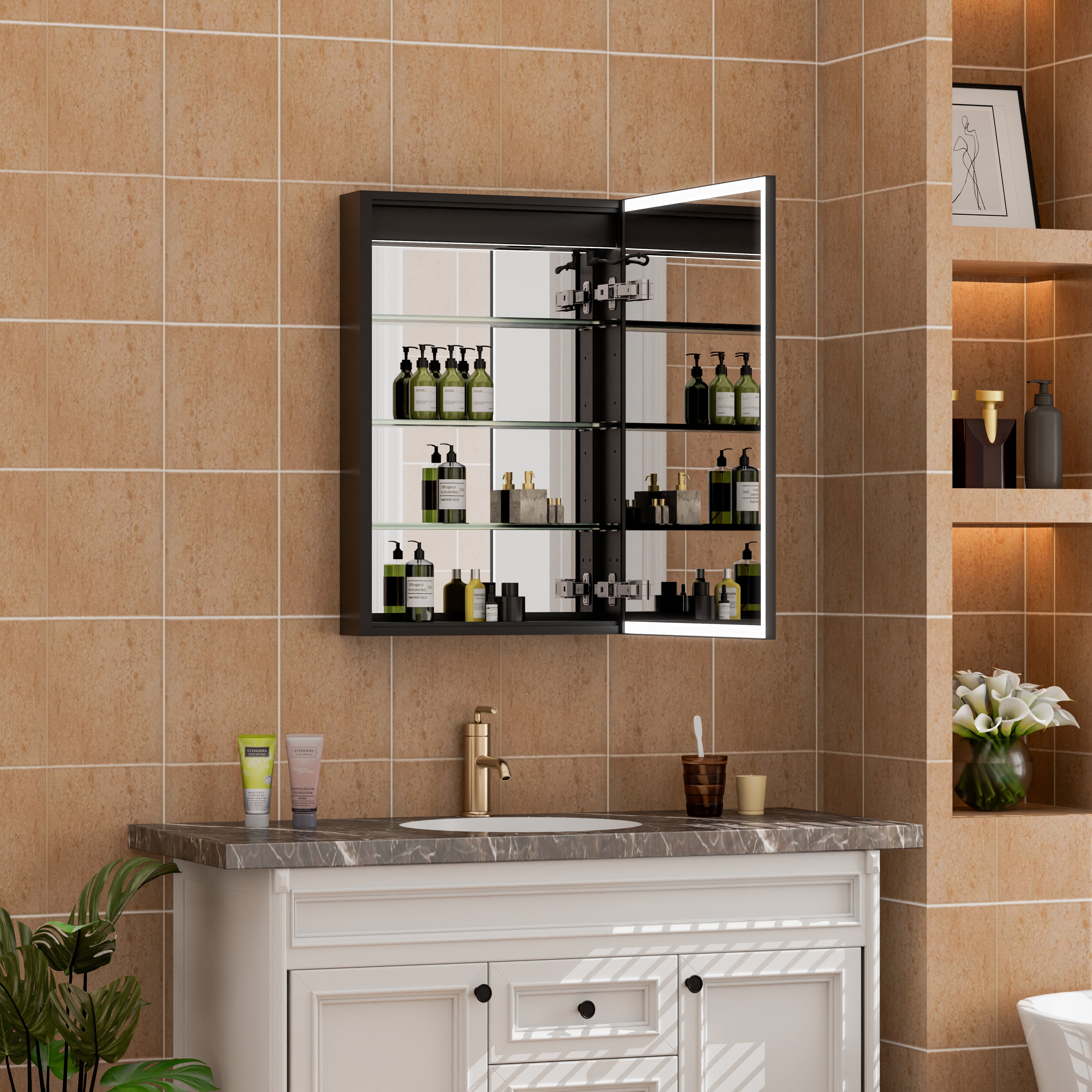
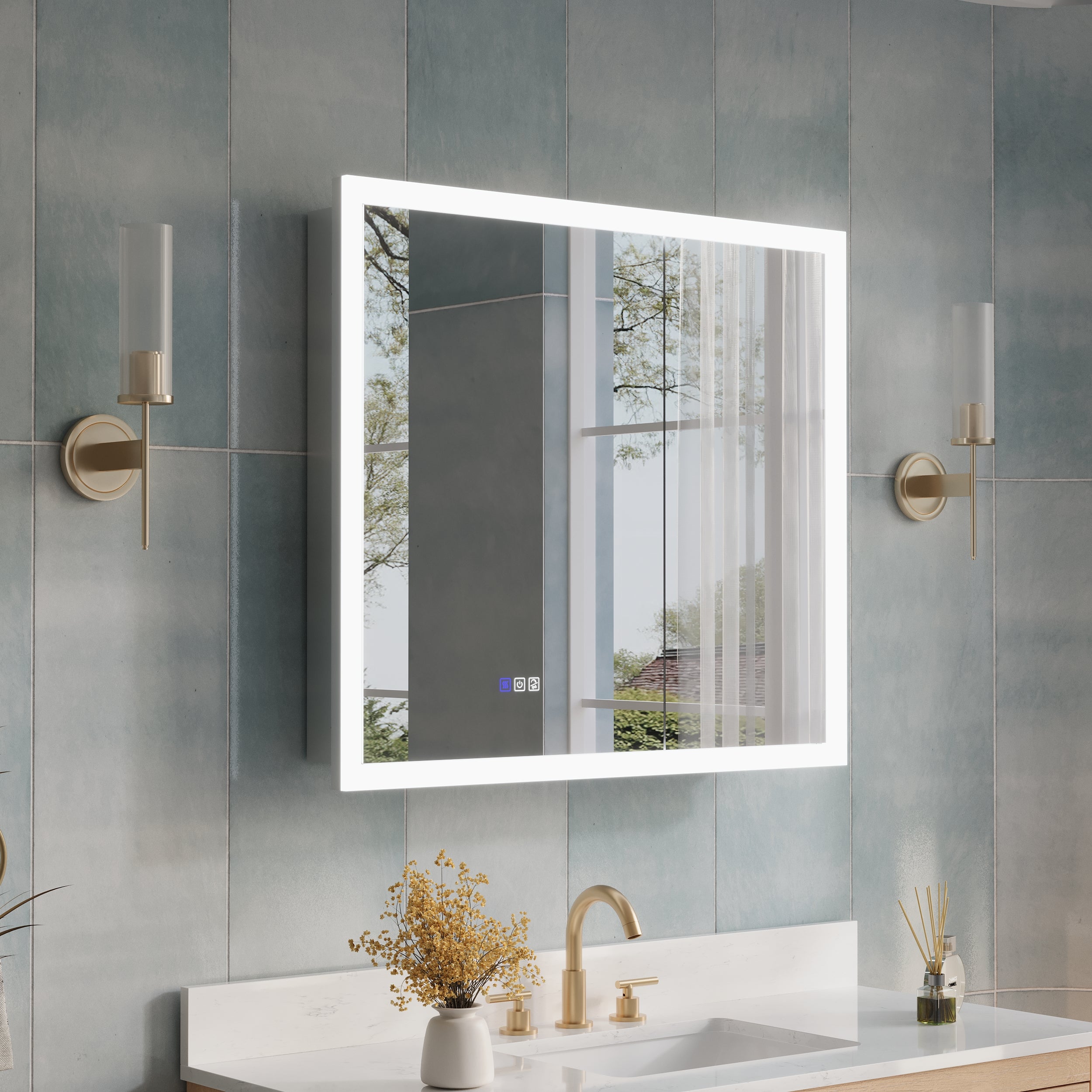

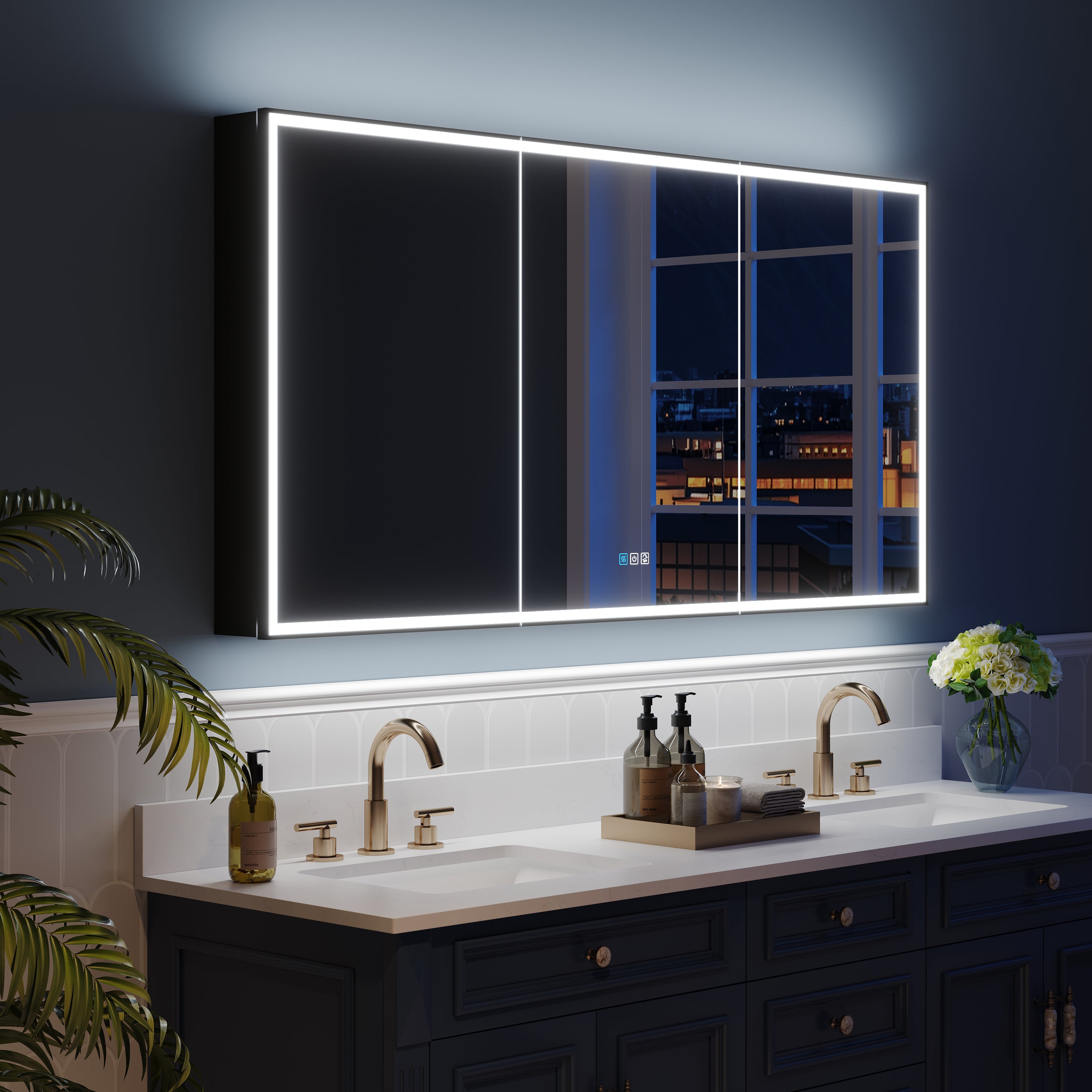
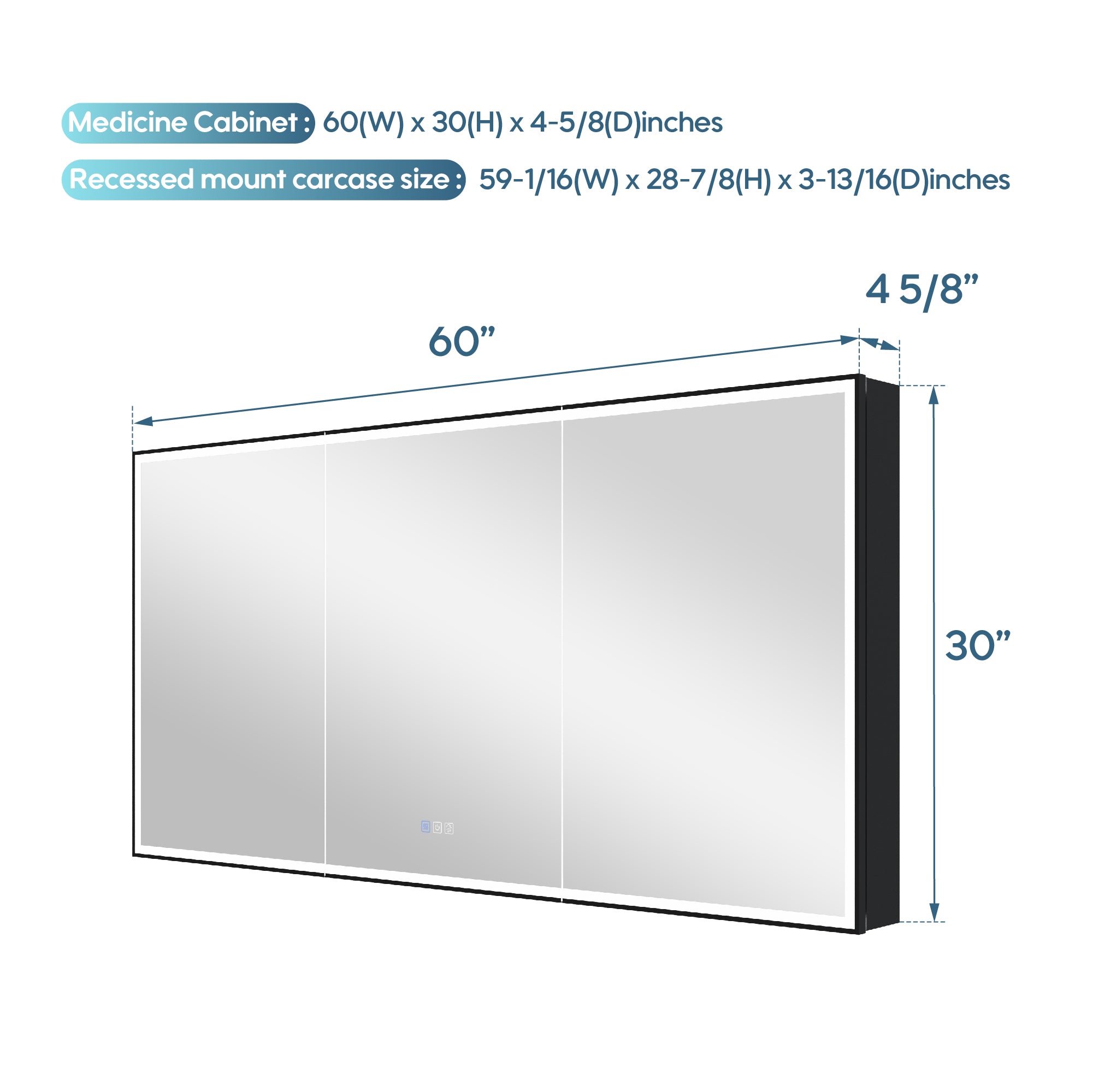
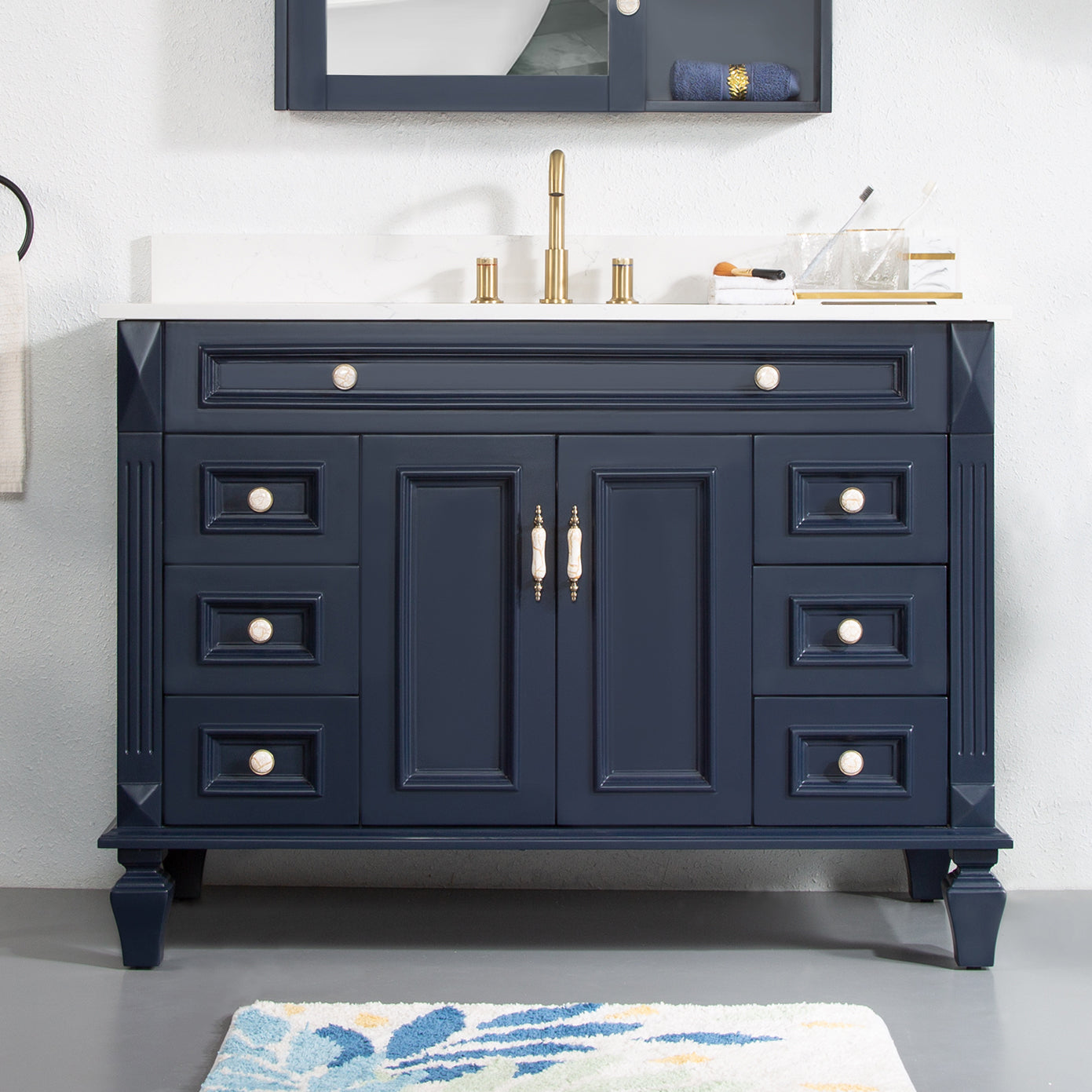
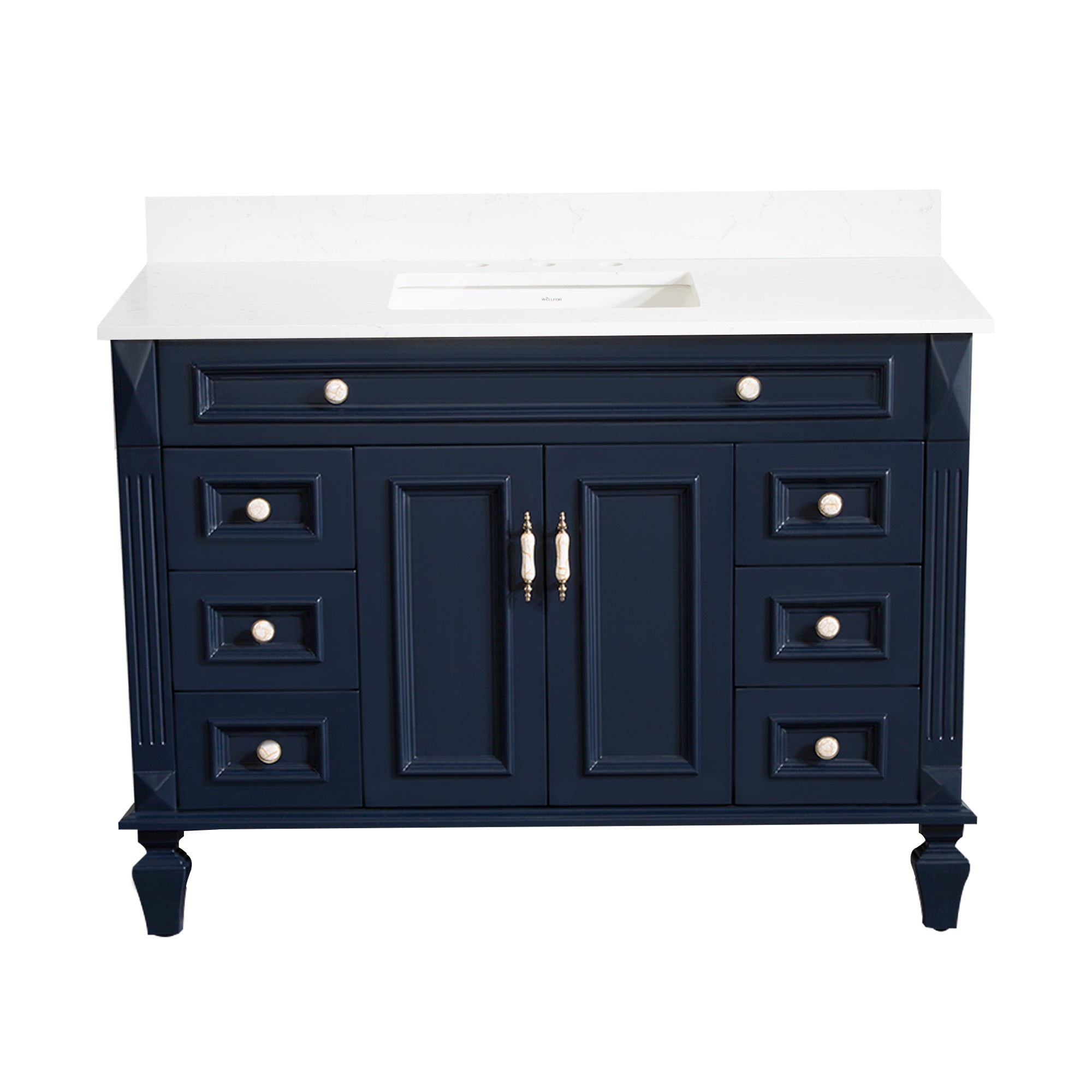


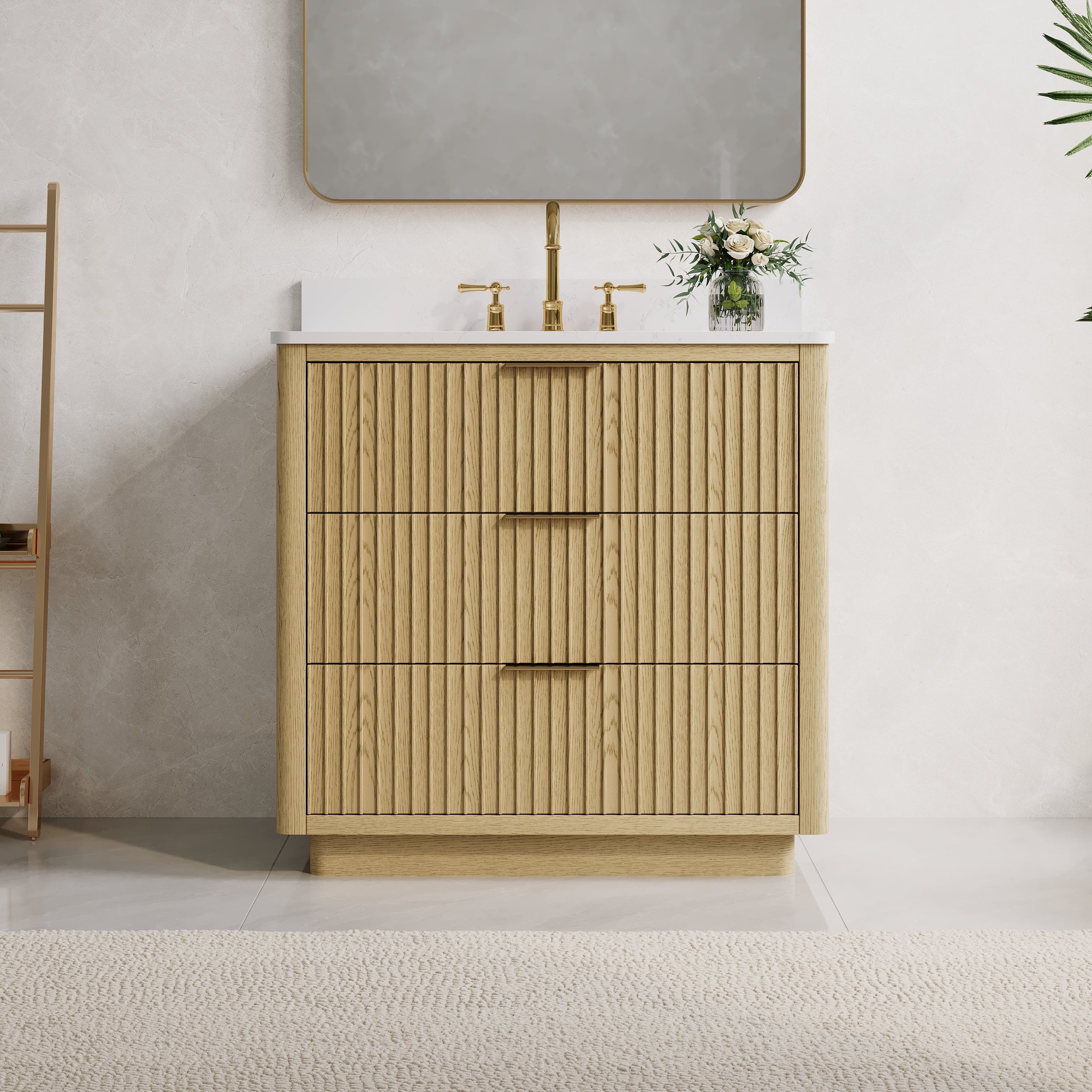
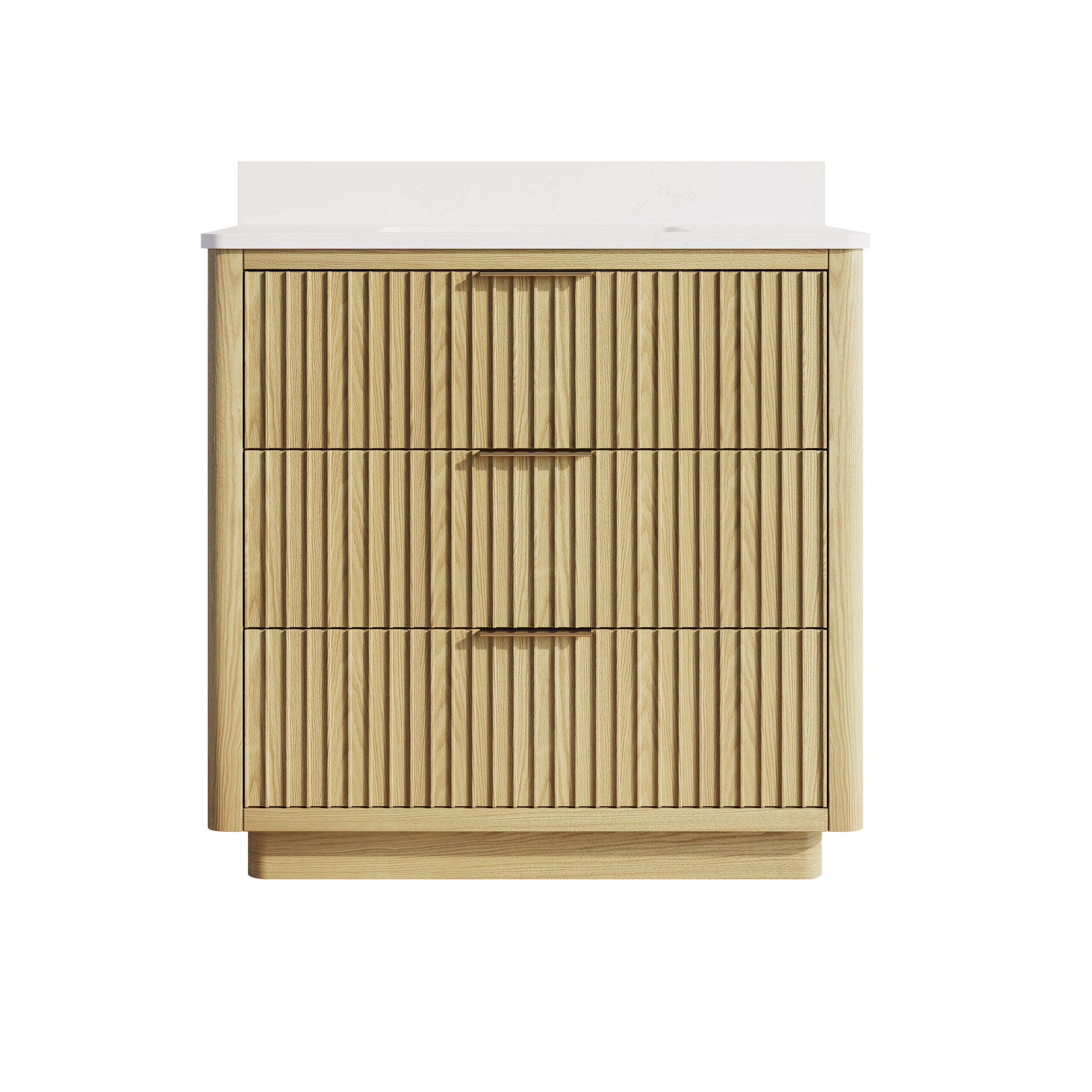

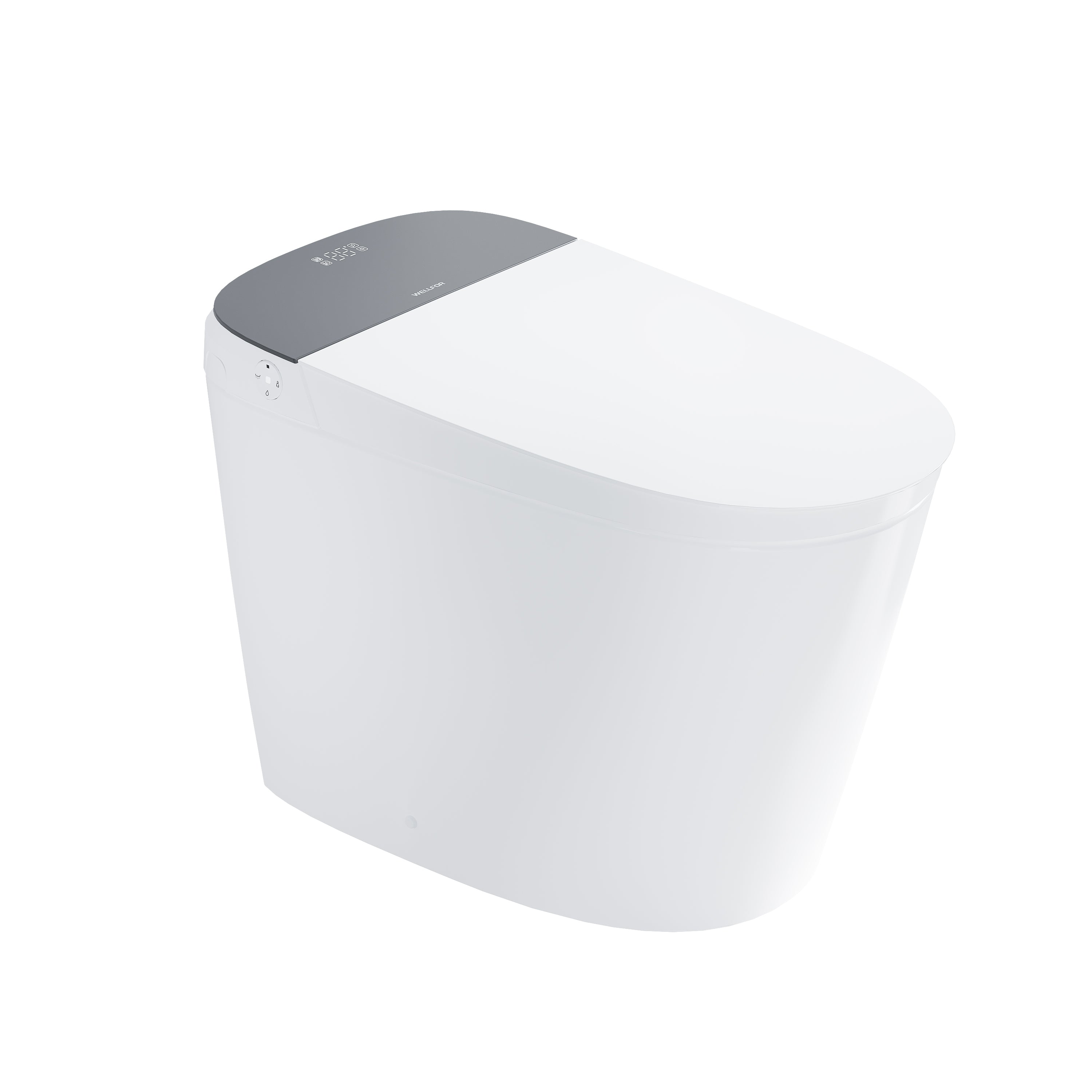
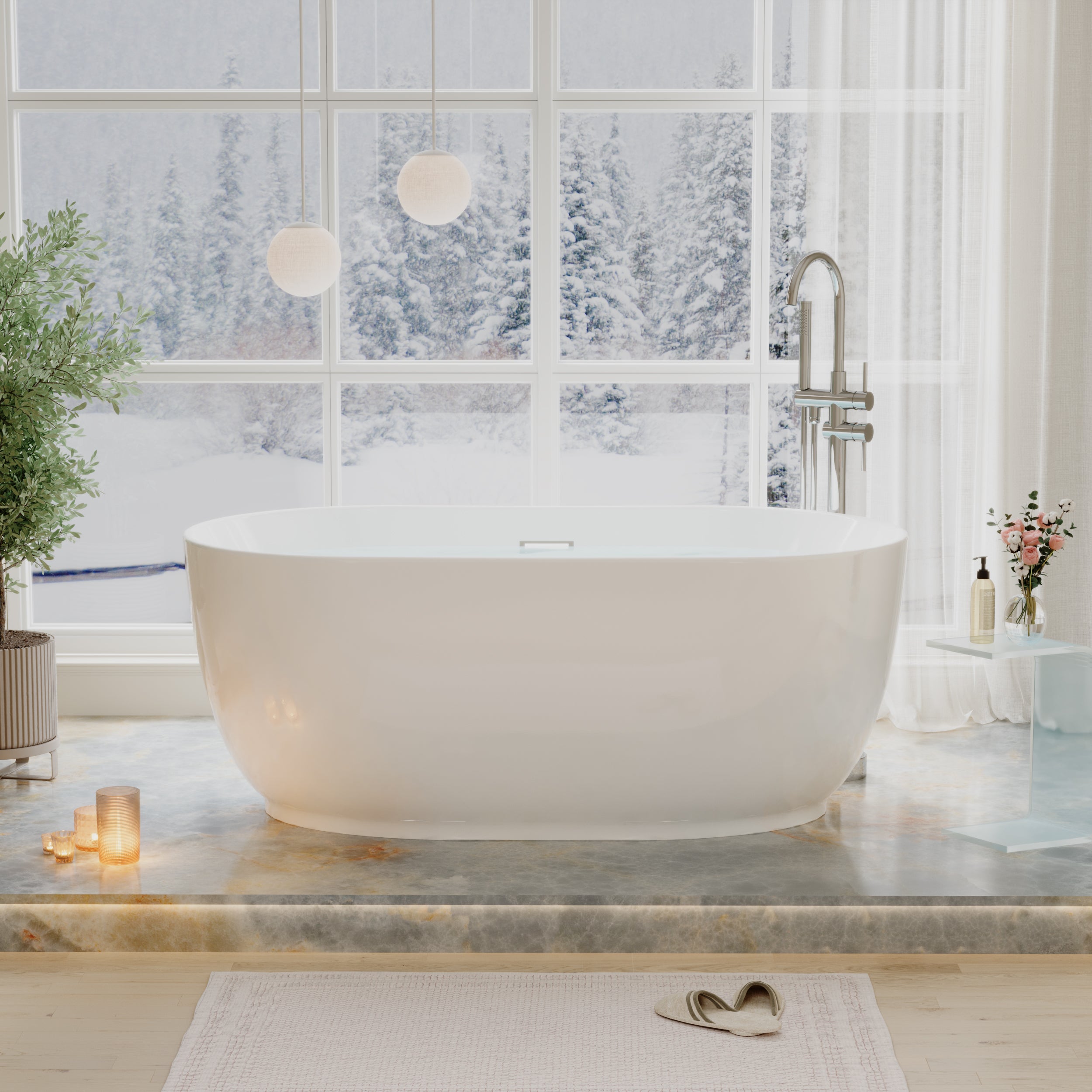
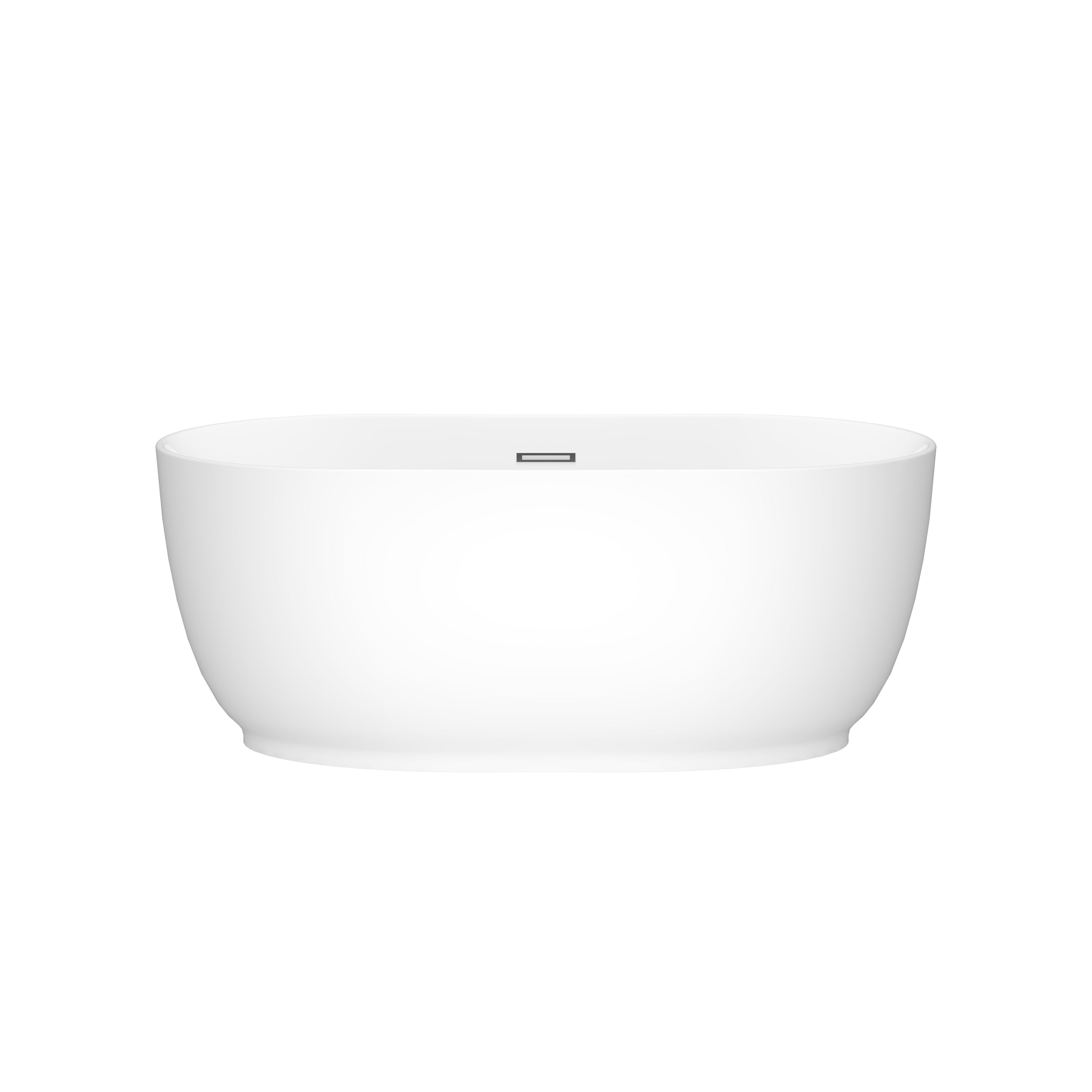
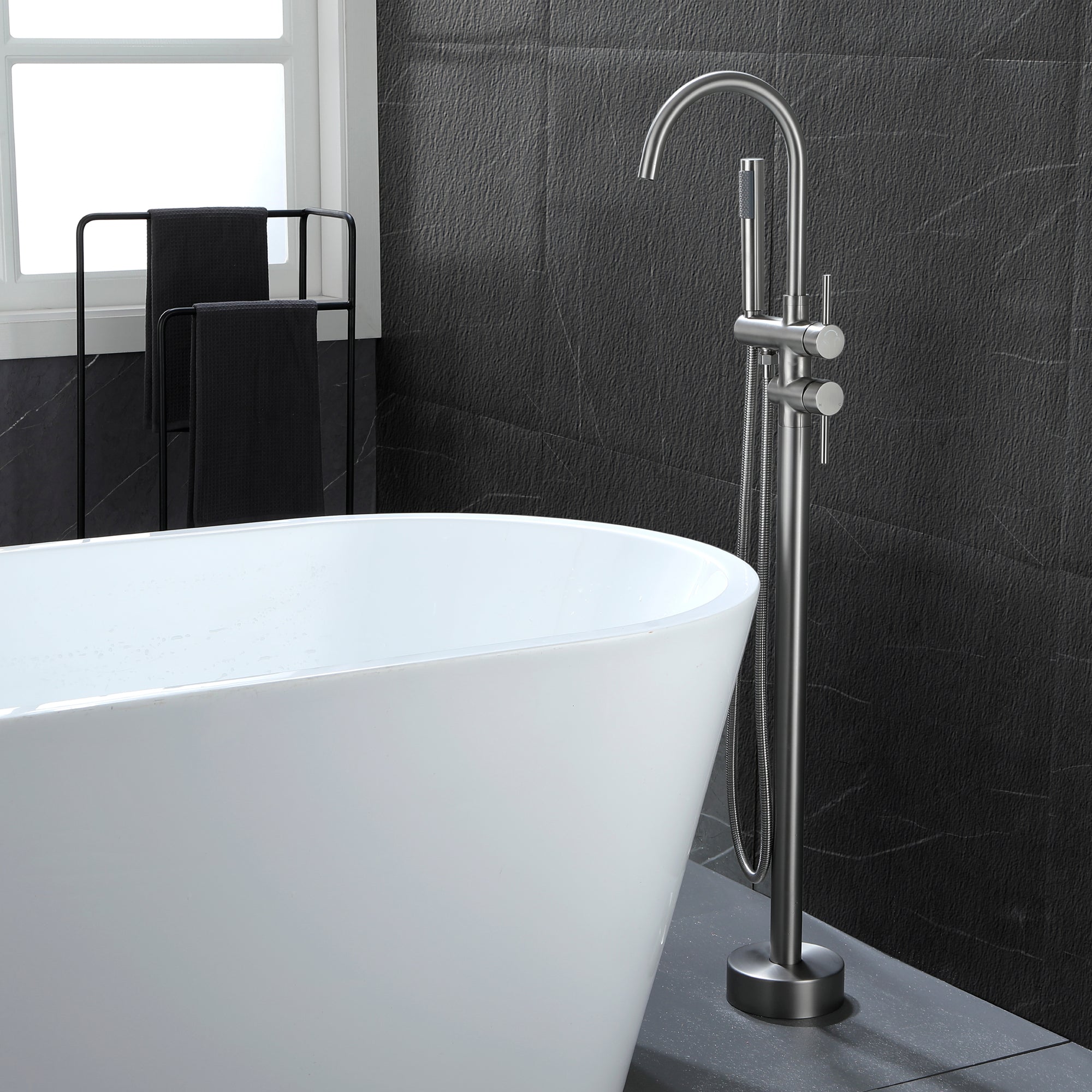


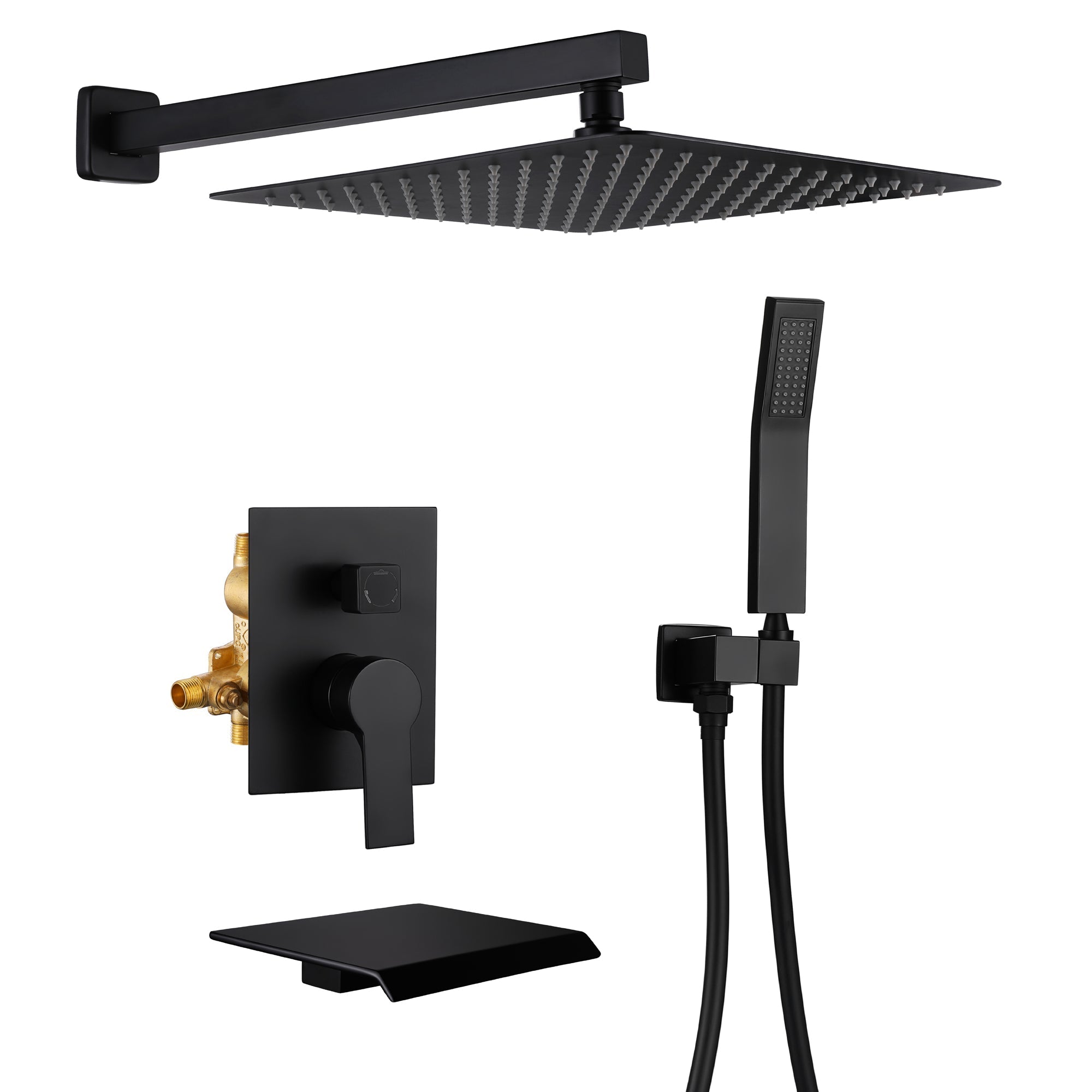
Leave a comment
This site is protected by hCaptcha and the hCaptcha Privacy Policy and Terms of Service apply.